Although pineapple on pizza has become one of the world’s most heated discussions, it is nothing compared to the gross things that these animals eat. Brace yourself for this extensive list with some really special animals with some special eating habits.
1. Vulture
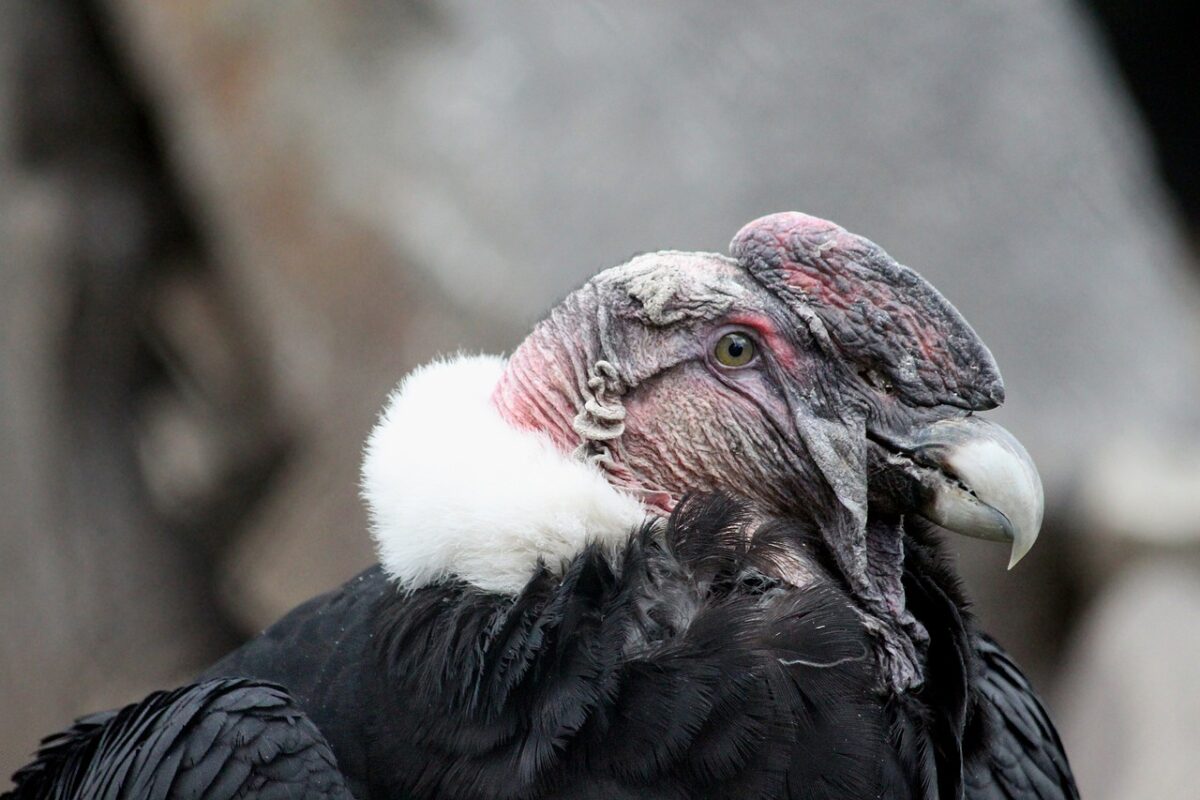
Vultures are nature’s most famous scavengers, feeding on the carcasses of dead animals. This diet helps prevent the spread of disease by consuming decomposing bodies, showcasing a critical ecological service that these birds provide.
2. Hyena
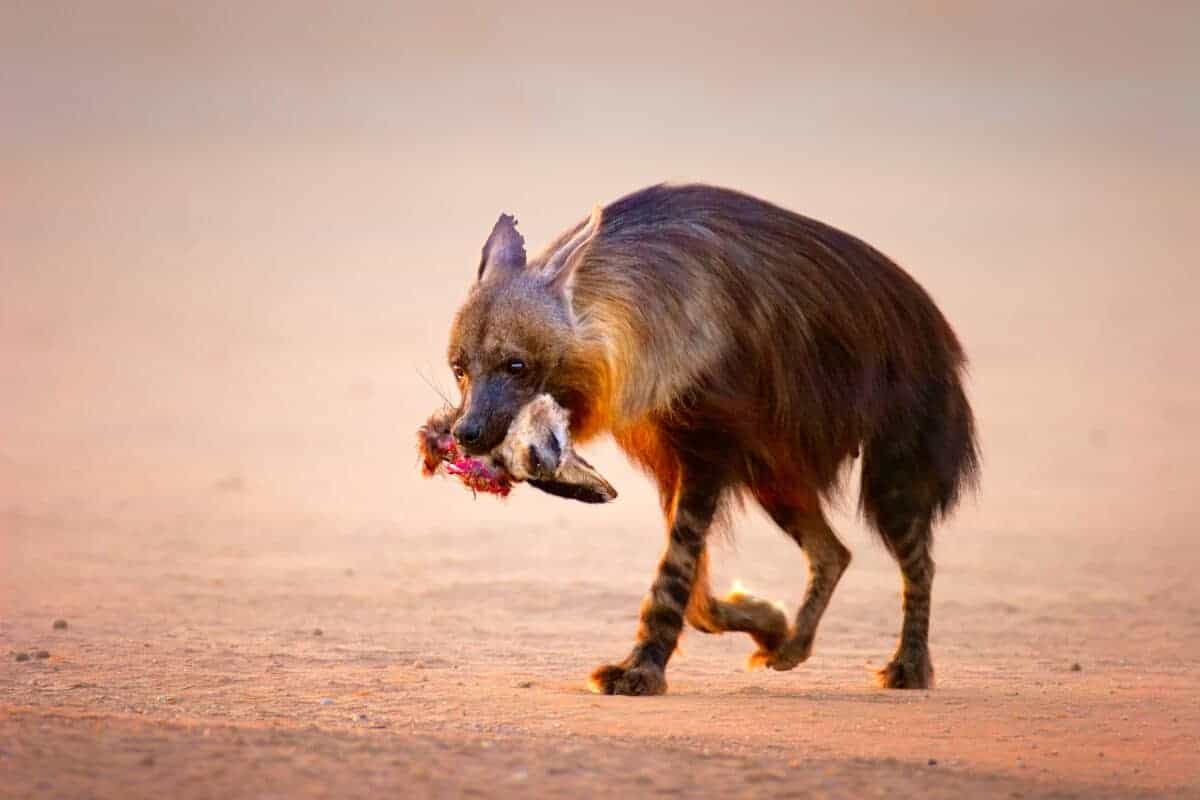
Hyenas are renowned for their robust digestive systems, capable of processing virtually every part of a carcass, including bones. This not only minimizes waste but also underscores the hyena’s adaptability and willingness to do (and eat) anything to survive.
3. Detritivore Insects (e.g., Dung Beetle)
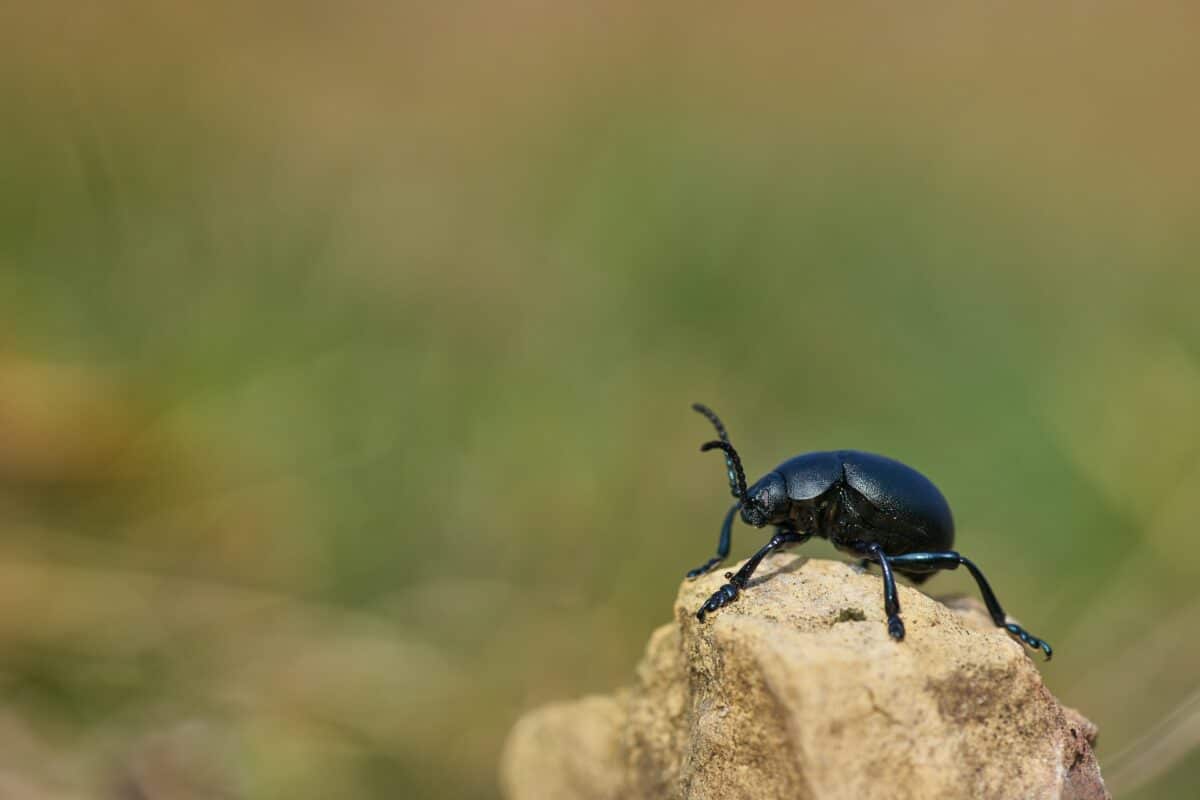
Detritivore insects, such as dung beetles, play a pivotal role in nutrient cycling by feeding on the feces of other animals. Their work enriches the soil and helps maintain the health of their ecosystems.
4. Hagfish
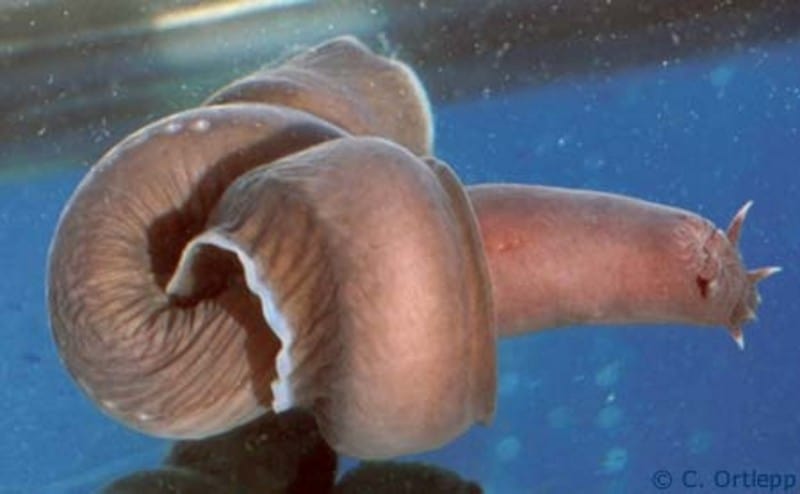
The hagfish, an eel-like creature, adopts a macabre method of sustenance, burrowing into dead or dying fish to eat them from the inside out. This not only aids in decomposing marine dead but also provides a vivid example of nature’s efficiency in recycling nutrients.
5. Condor
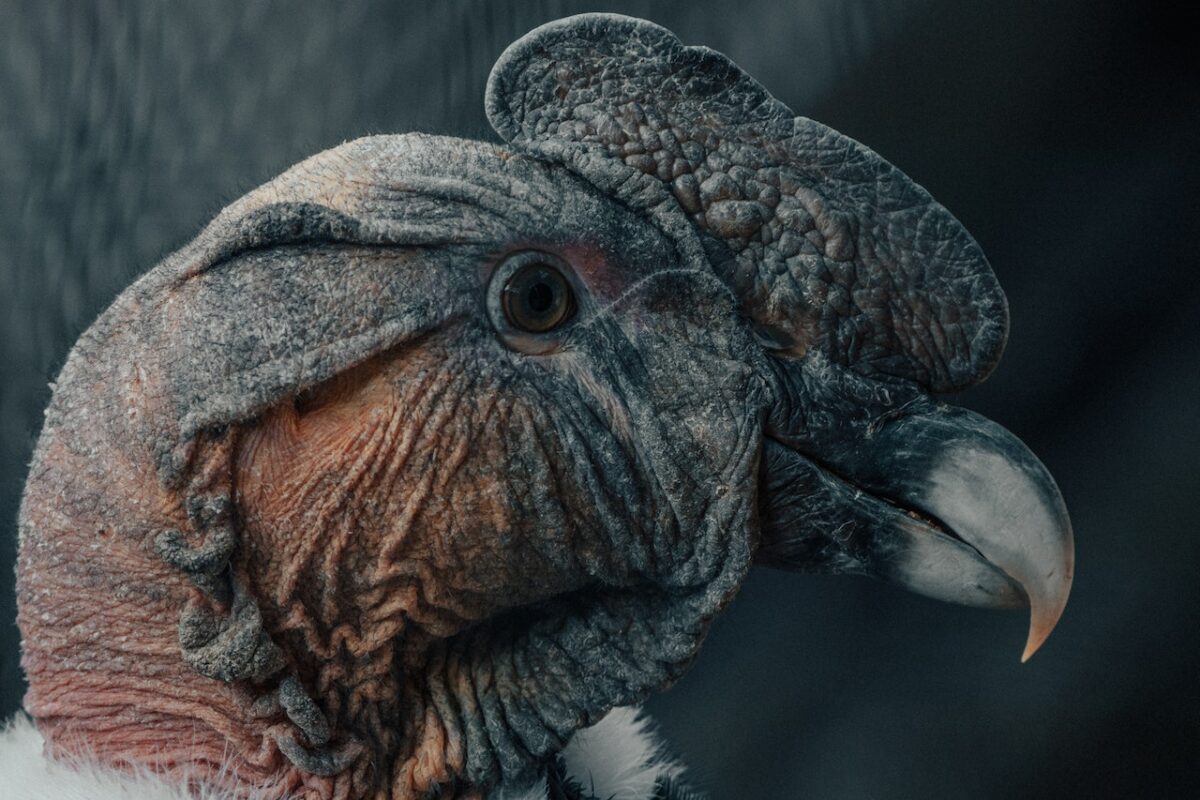
The condor, a majestic bird, sustains itself by eating decomposing carcasses. Although we find it pretty gross, it fulfills an important ecological role when it eats by helping to limit the spread of diseases among animals.
6. Marabou Stork
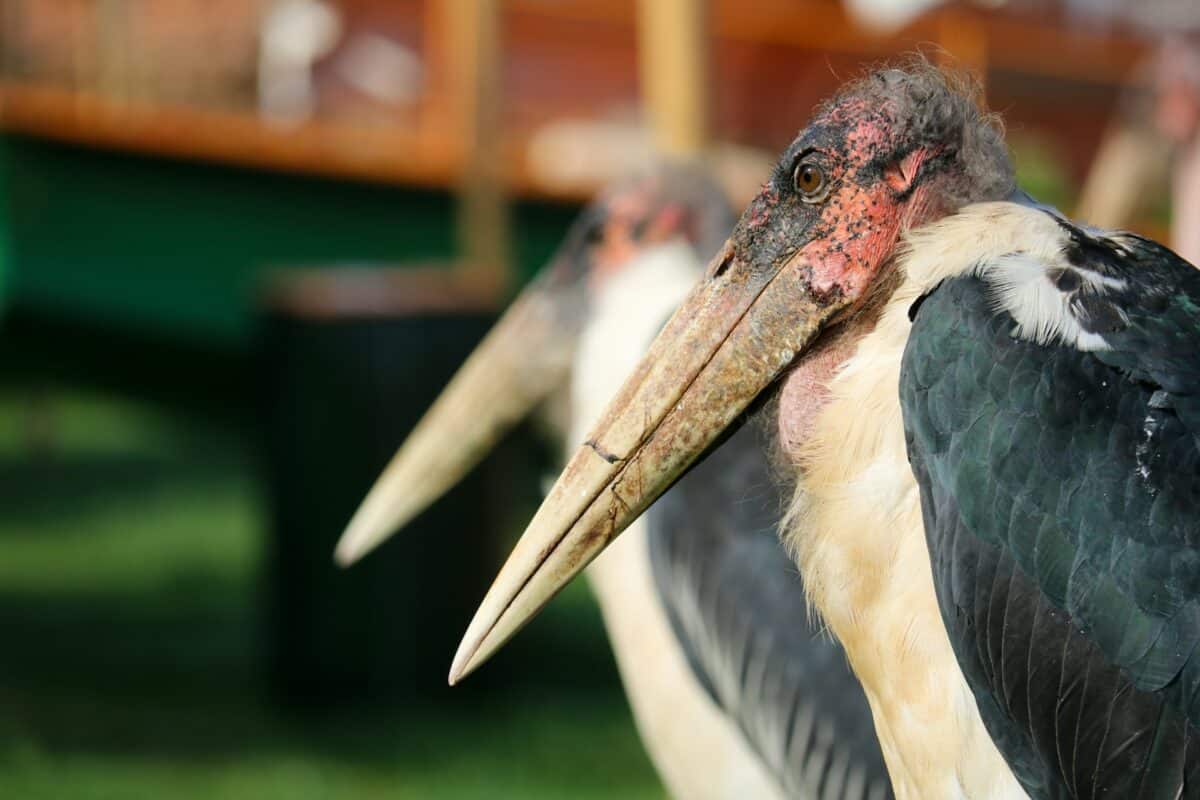
The marabou stork’s diet includes carrion, garbage, and feces. This wide-ranging diet highlights the bird’s adaptability and the important role it plays in urban and natural ecosystems as a scavenger.
7. Komodo Dragon
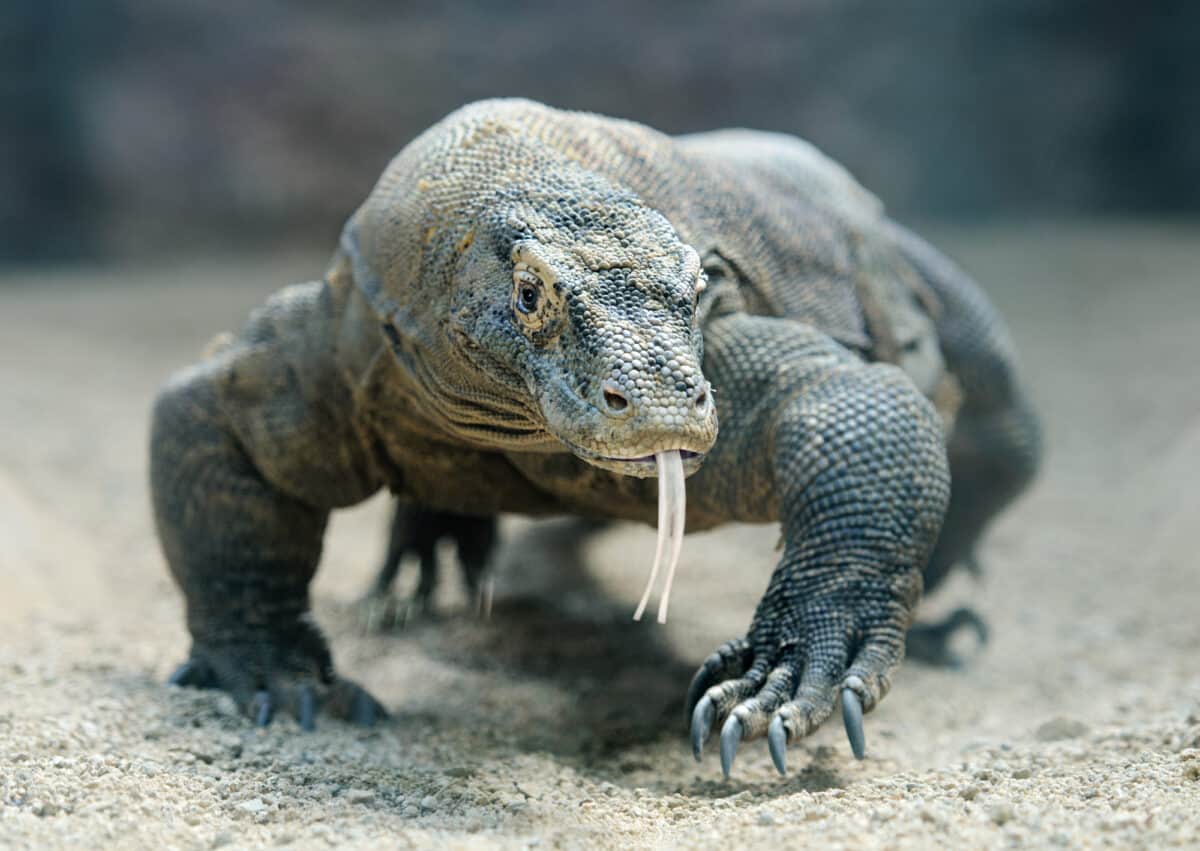
Komodo dragons consume the decaying flesh of dead animals. This diet allows them to thrive in their habitat, utilizing resources that would otherwise go to waste.
That being said, there are numerous examples of them eating prey alive as well!
8. Piranha
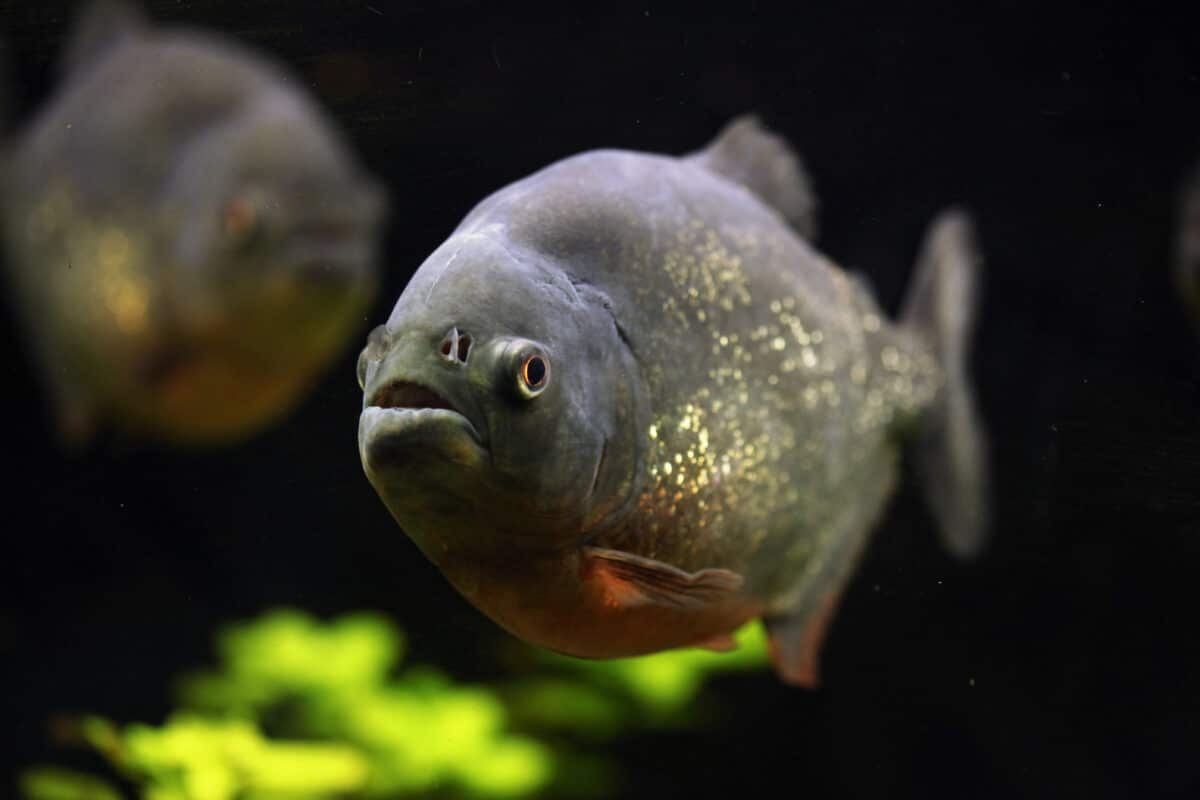
While often depicted as ferocious predators, piranhas are also scavengers known for feeding on dead and dying animals. This behavior is crucial for keeping their aquatic environments clean and balanced.
9. Turkey Vulture
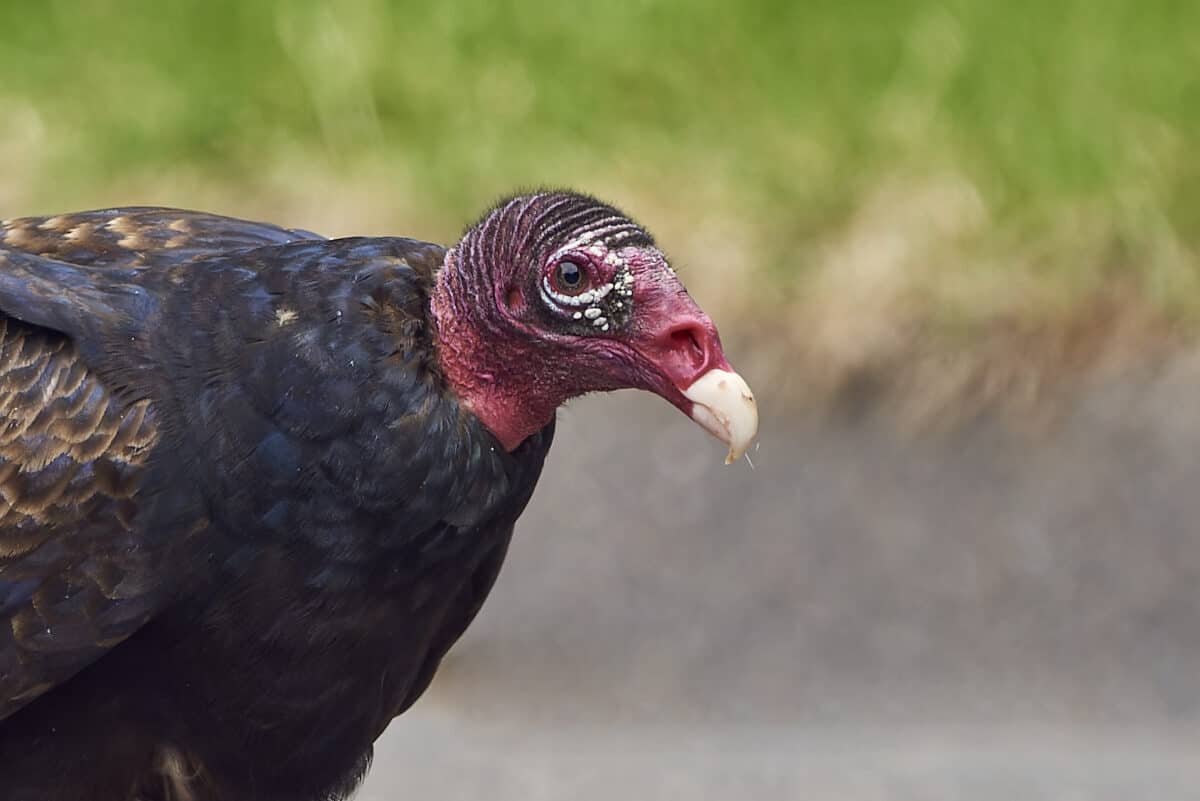
With a keen sense of smell, the turkey vulture excels at locating dead animals to eat. This remarkable adaptation ensures they can find food across vast areas, playing a vital role in their ecosystems.
10. Army Ants
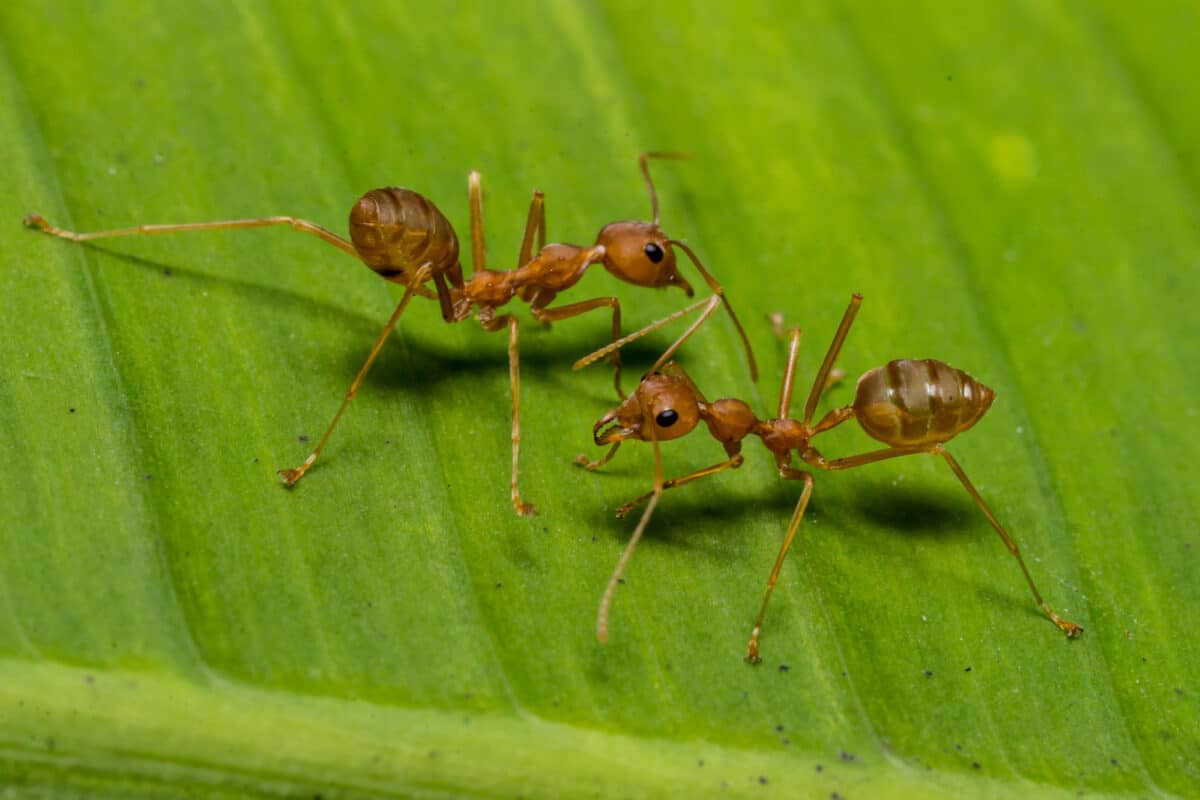
Army ants are known for their mass-feeding frenzies, consuming almost any animal they overpower. This aggressive feeding behavior underscores the ants’ role in controlling pest populations and recycling nutrients.
11. Tasmanian Devil
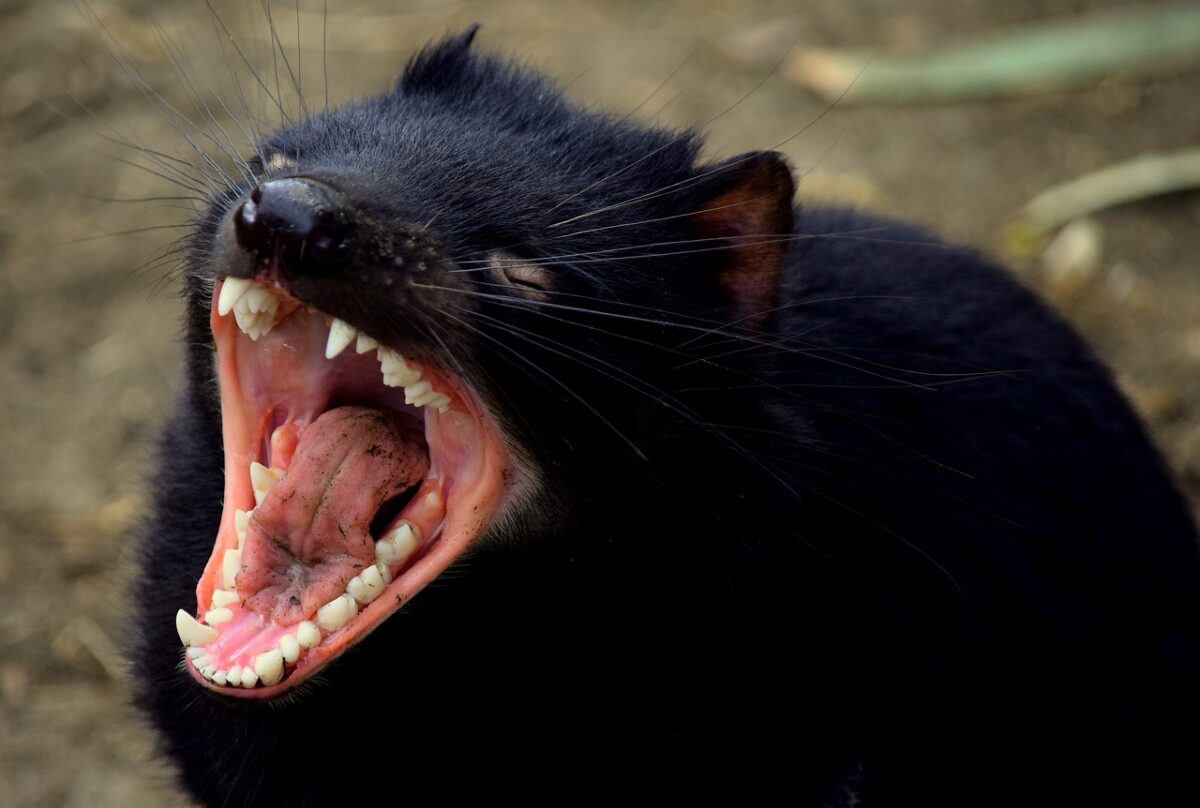
The Tasmanian devil consumes all parts of its prey, including fur and bones. This comprehensive feeding strategy highlights the devil’s role in preventing disease and recycling nutrients within its habitat.
12. Flesh Flies
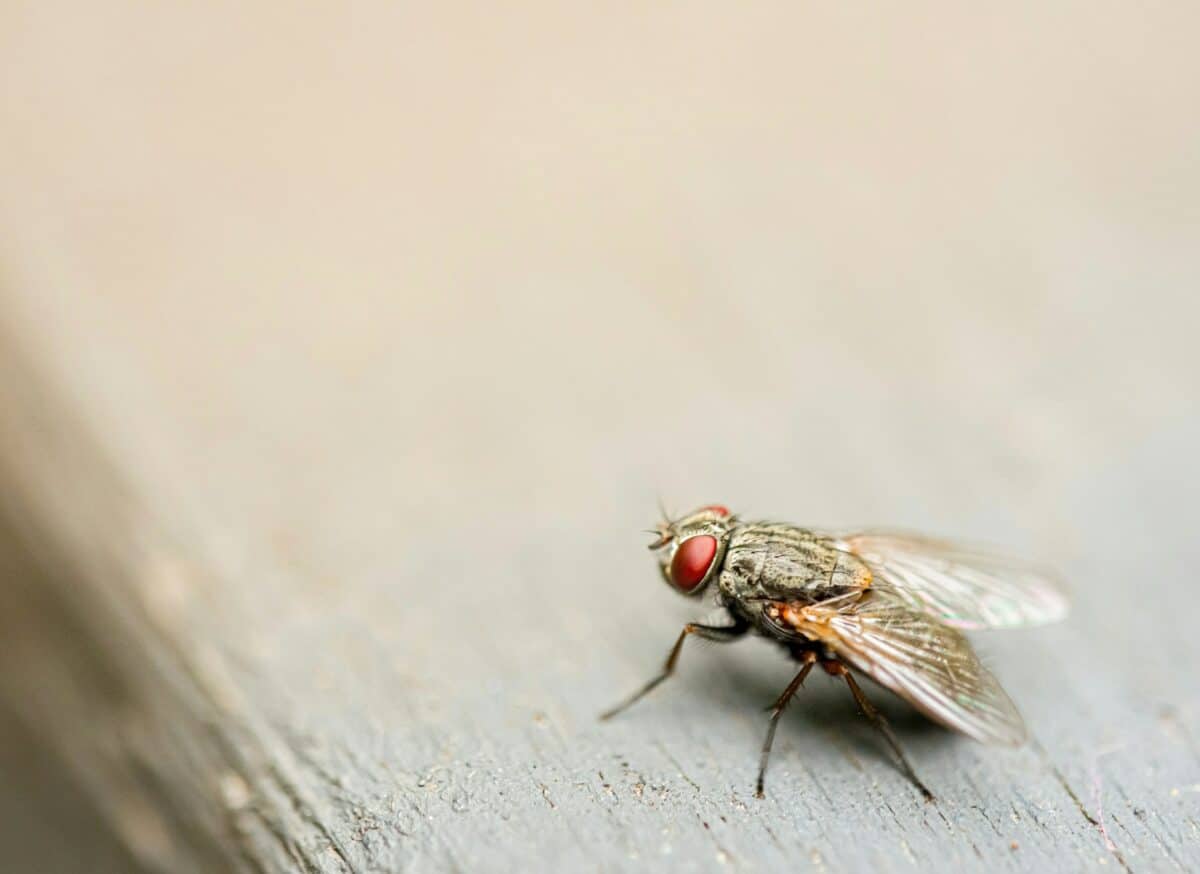
Flesh flies have a gruesome reproductive strategy, laying their eggs in decaying flesh, which their larvae consume. This lifecycle plays a crucial part in breaking down and recycling dead material.
13. Raccoons
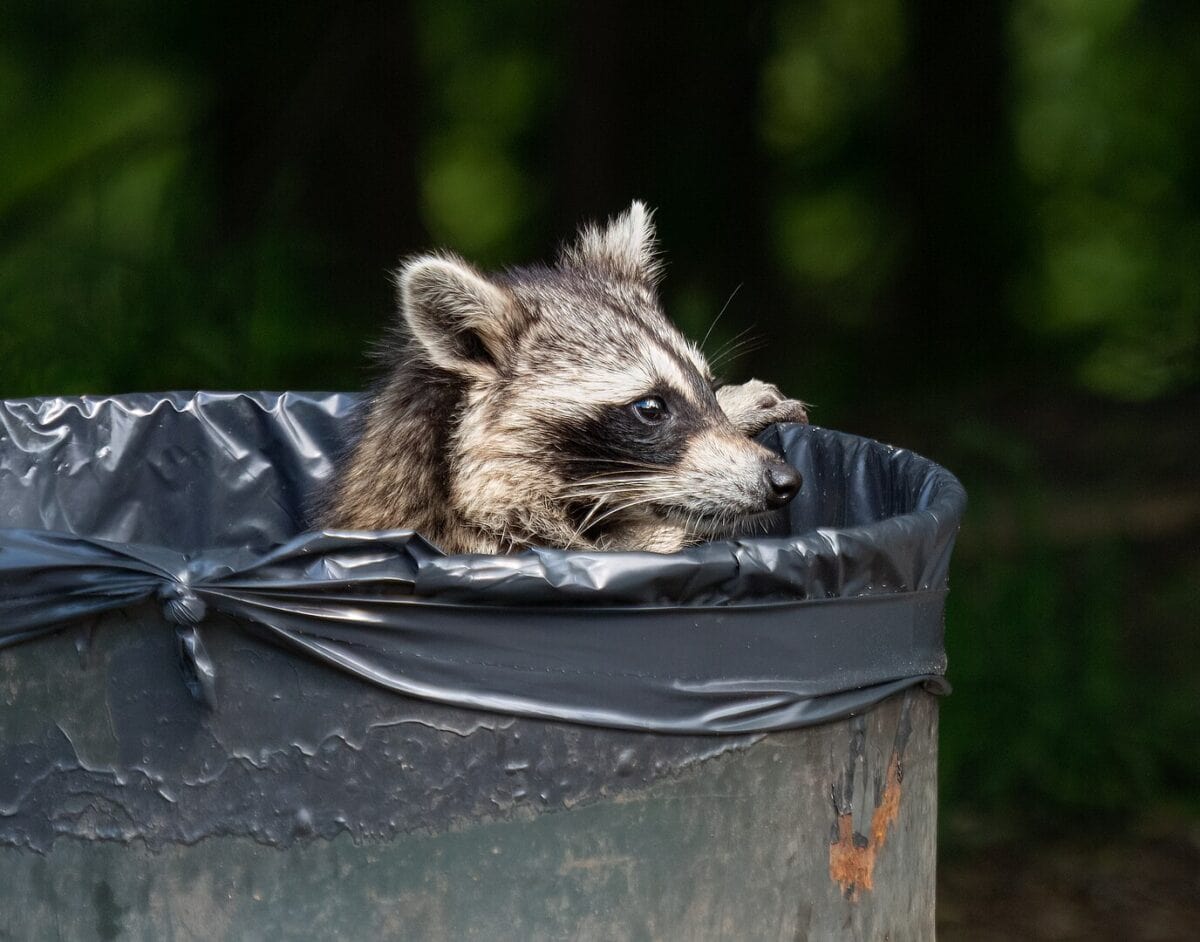
Raccoons are known for their omnivorous diet, including garbage and decaying matter. Their adaptability to urban environments is quite astounding, and they’ll eat pretty much anything they get their paws on.
14. Opossums
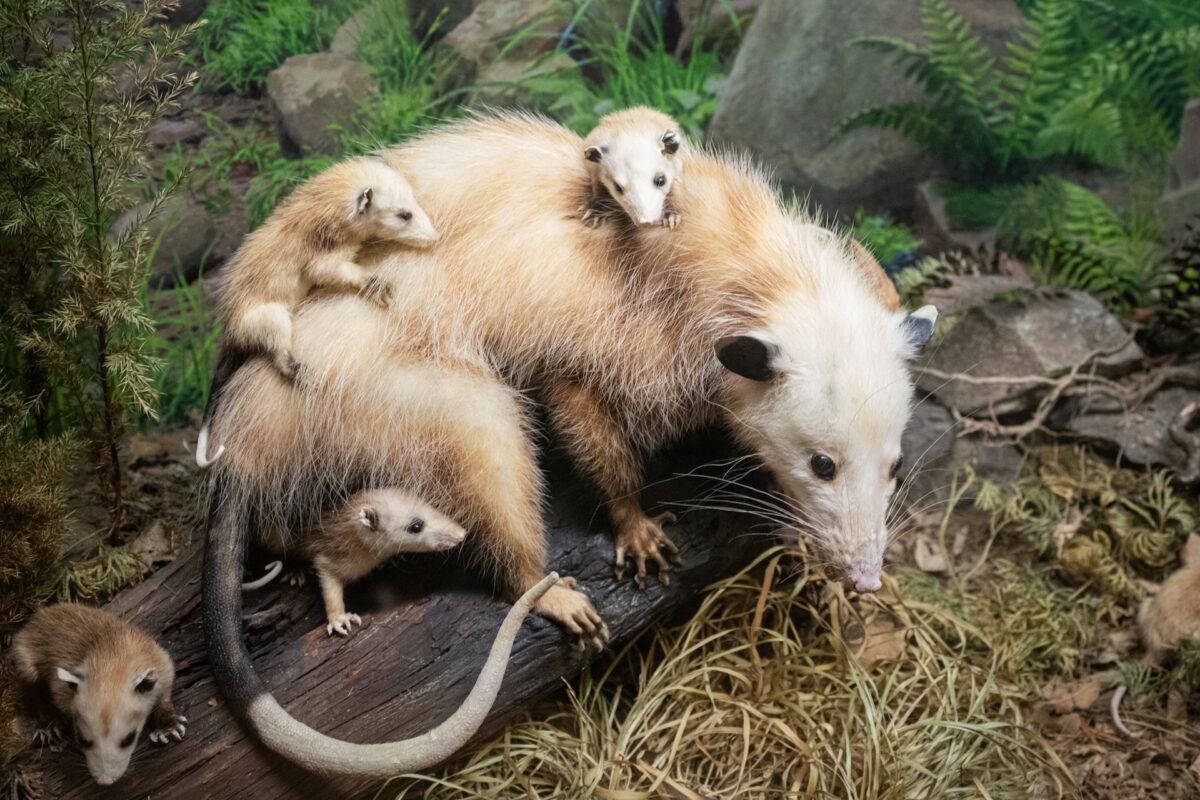
Opossums, with a diet of dead animals, insects, and other carrion also deserve a place on this list of animals that eat gross things. But in doing so, they serve as important scavengers in their habitats, helping to clean up dead material and control insect populations.
15. Aye-aye
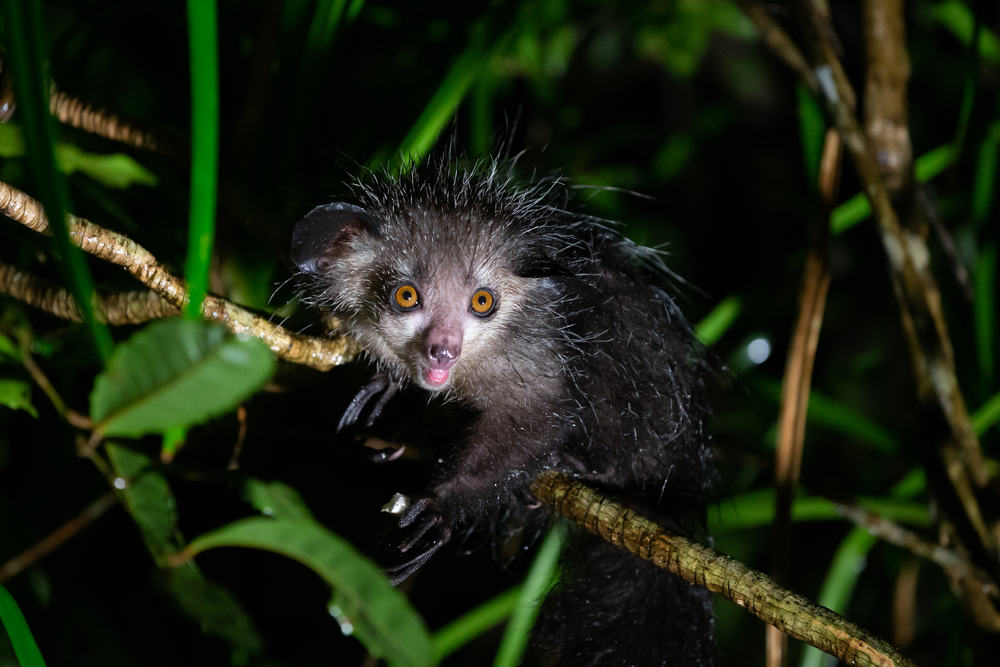
The aye-aye, a unique primate, feeds on insect larvae found by gnawing holes in wood. This specialized diet demonstrates the diverse adaptations animals have developed to survive.
16. Desert Hedgehog
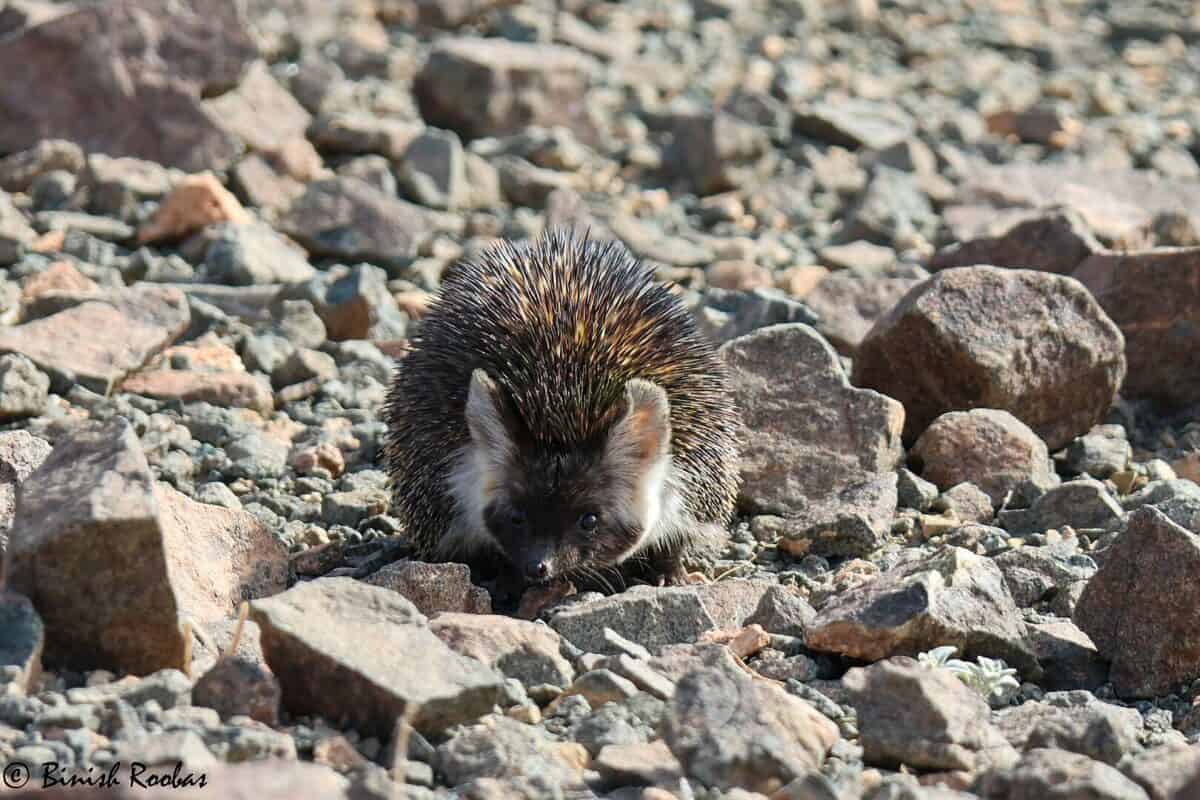
The desert hedgehog consumes insects, small mammals, and even poisonous scorpions without harm. This varied diet underlines the hedgehog’s role in controlling pest populations and fearless persona.
17. Koalas
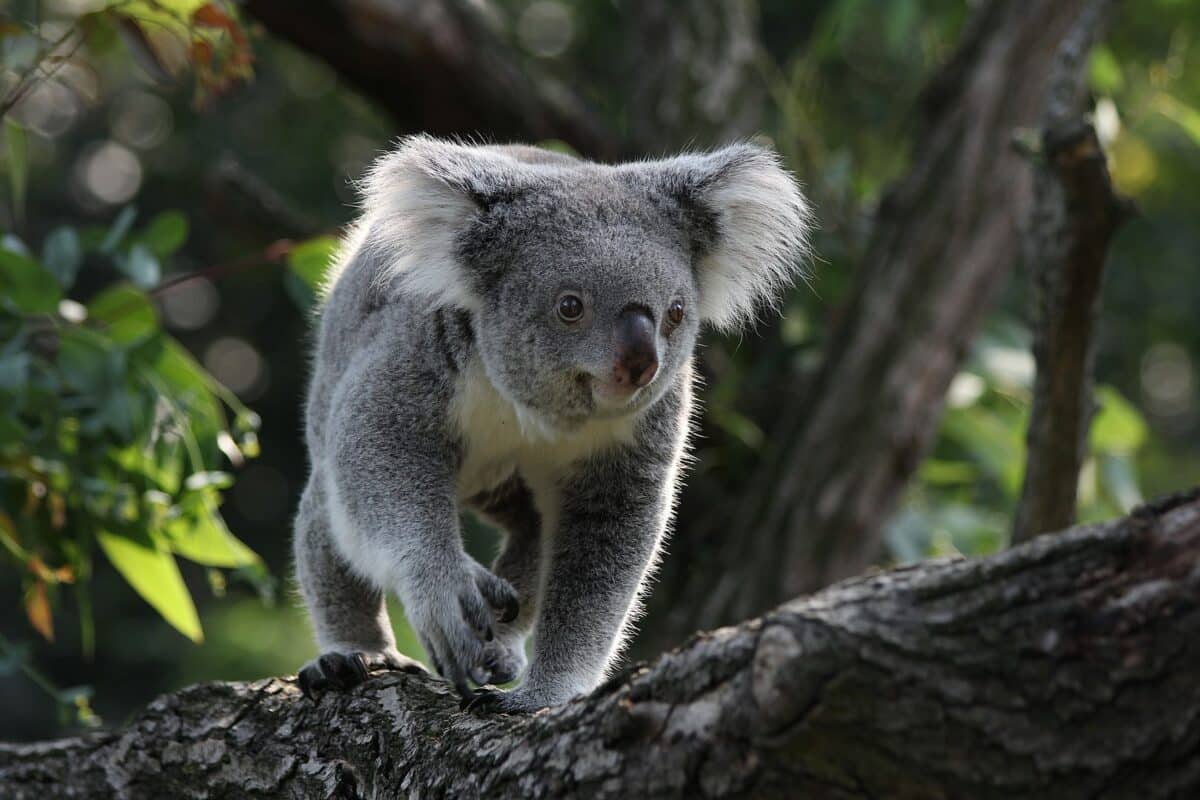
Koalas eat eucalyptus leaves, which are toxic to most animals and have low nutritional value. This highly specialized diet showcases the unique adaptations koalas have developed to thrive in their specific habitat.
18. Bearded Vultures
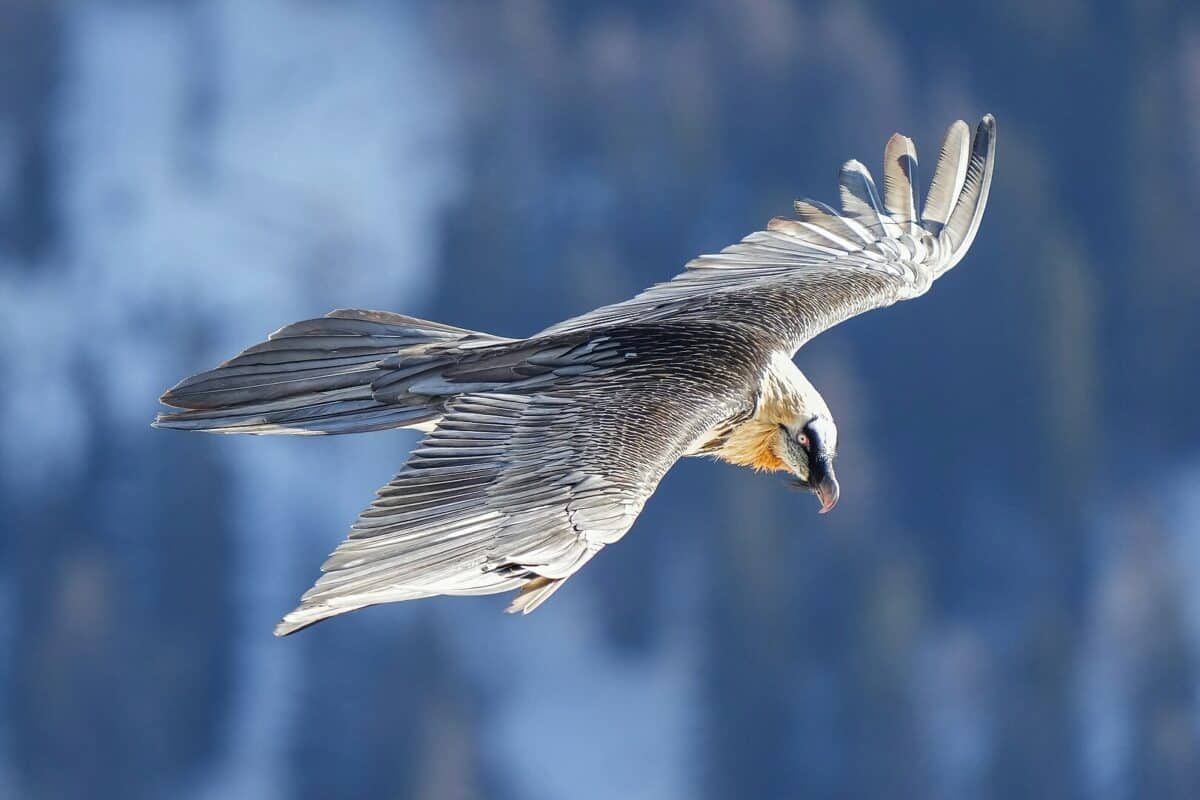
Unlike most vultures, bearded vultures consume primarily bones from carcasses. This unique diet showcases an incredible adaptation to a niche that few other animals can exploit.
19. Giant Isopods
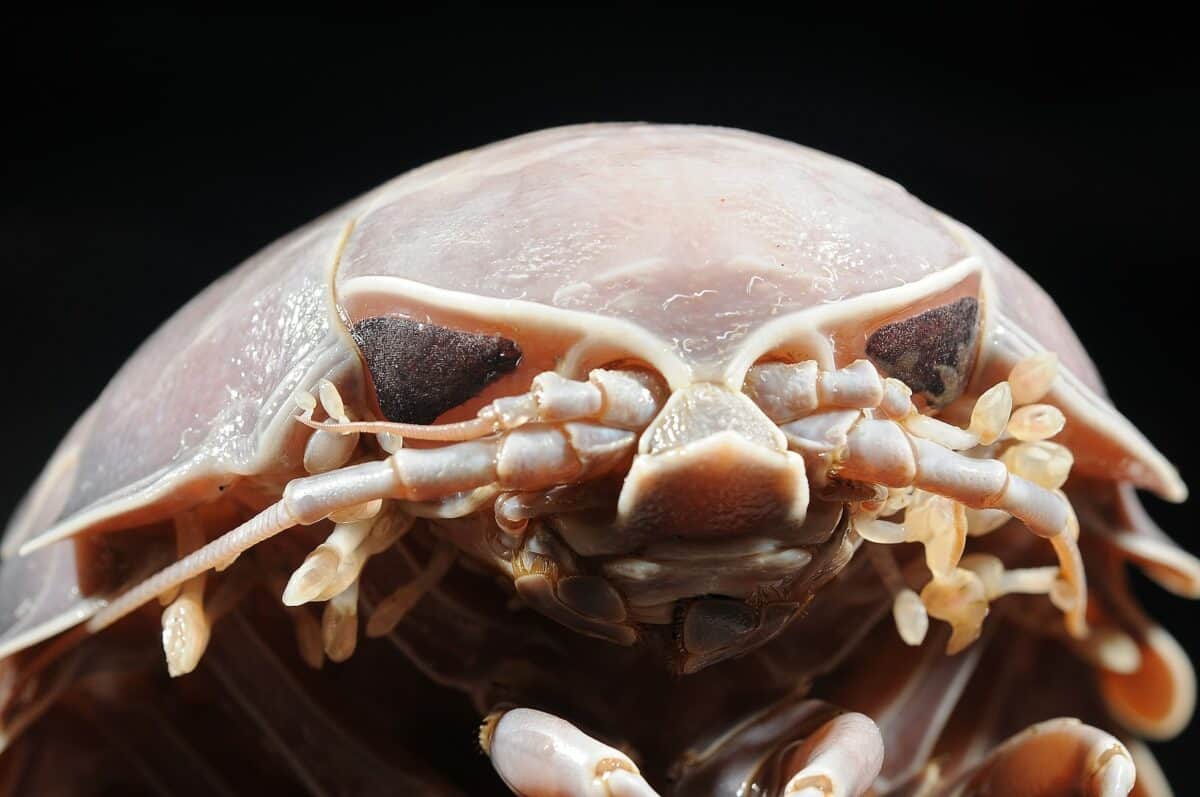
Deep-sea scavengers, giant isopods, feed on dead whales, fish, and squid. Their diet highlights the importance of scavengers in the deep sea, where they contribute to the breakdown of dead marine life.
20. Red Foxes
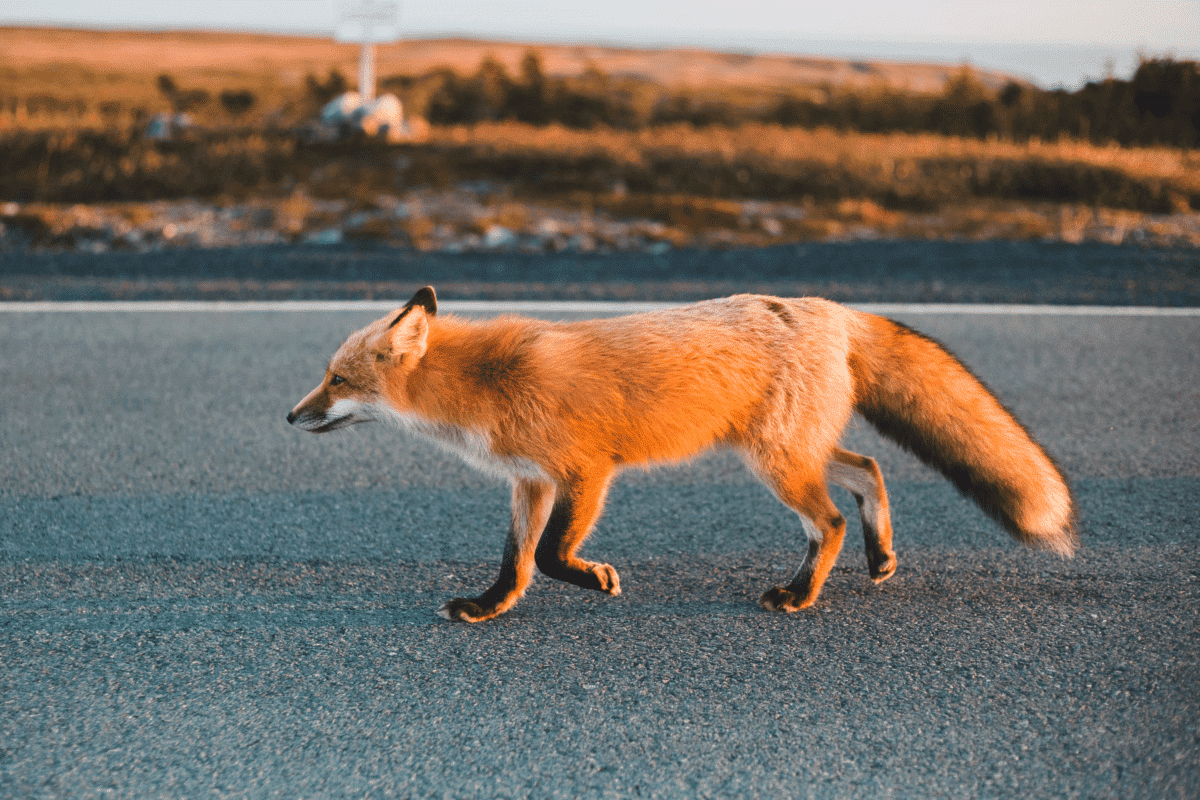
Red foxes will consume both garbage and carrion if available. They may be sneakier than raccoons, but they’re definitely not pickier about their food.
21. Cockroaches
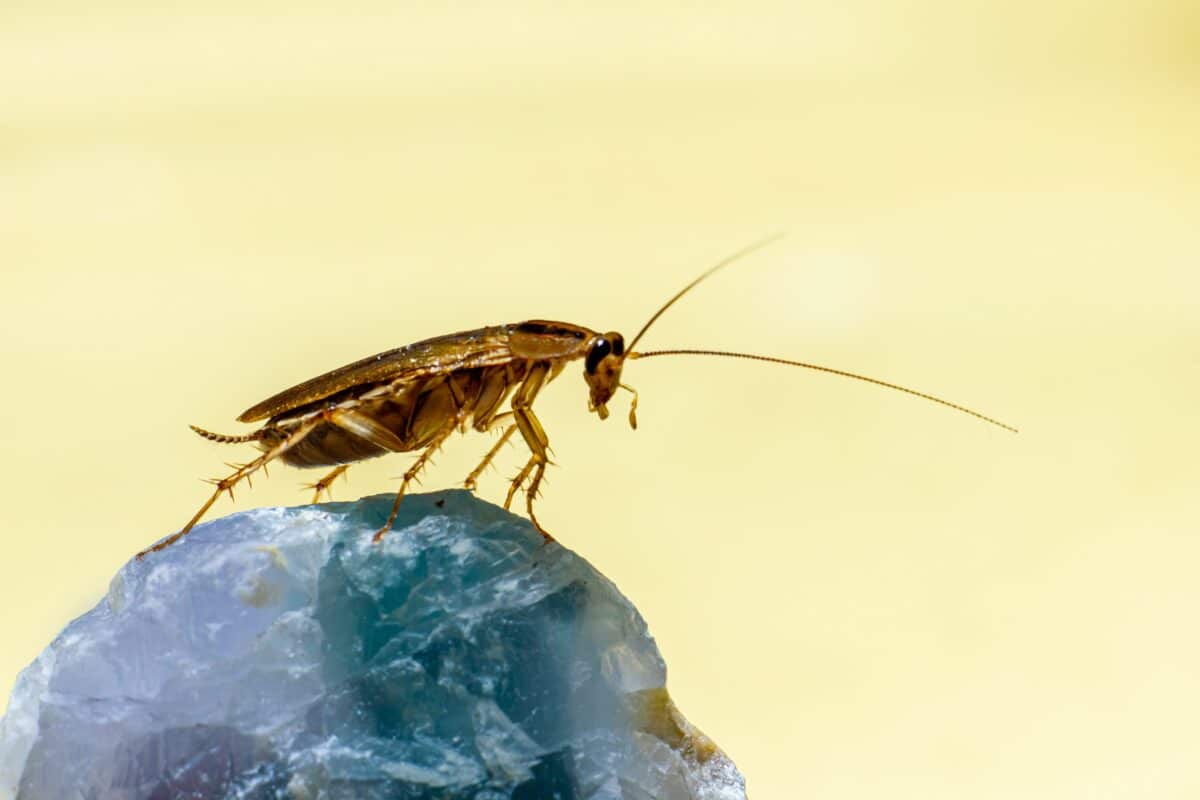
Cockroaches are known for their ability to eat almost anything, including waste. This dietary flexibility highlights their role in decomposition and nutrient recycling in various environments.
22. Anteaters
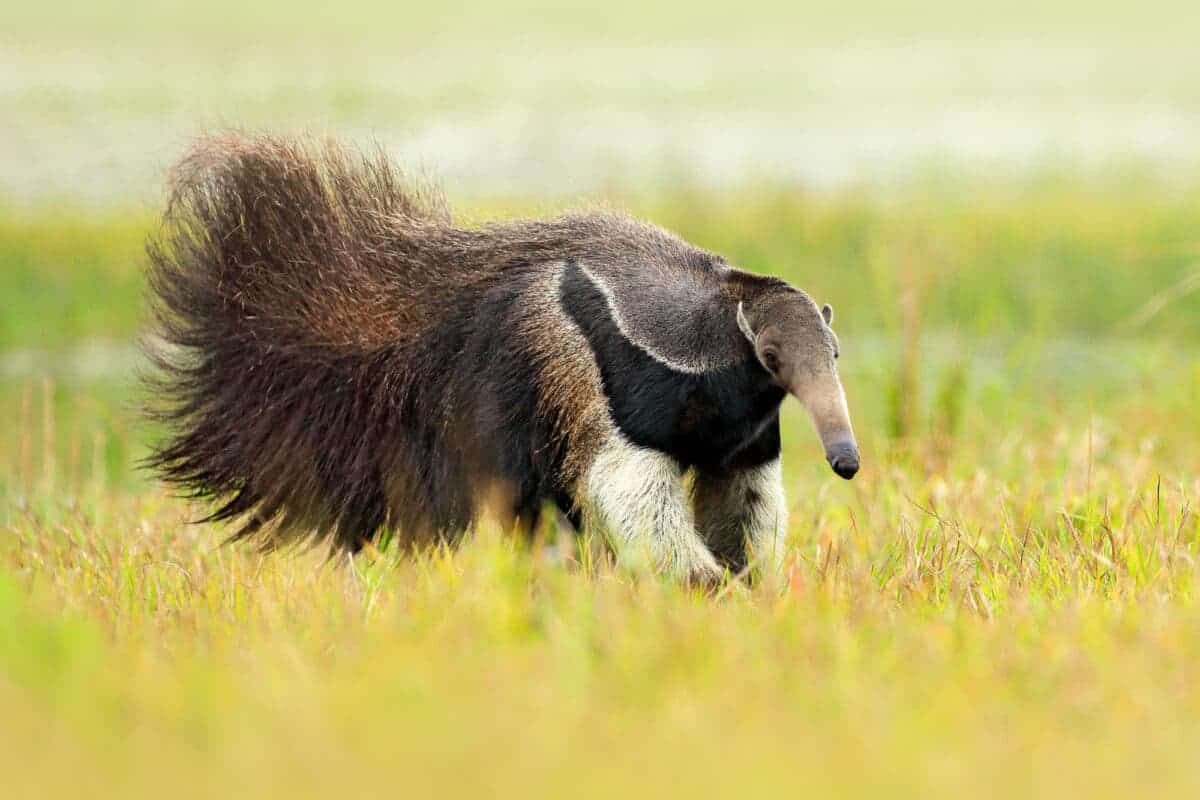
Anteaters consume thousands of ants and termites daily, controlling pest populations and demonstrating a highly specialized feeding strategy that benefits their ecosystems.
23. Venus Flytrap
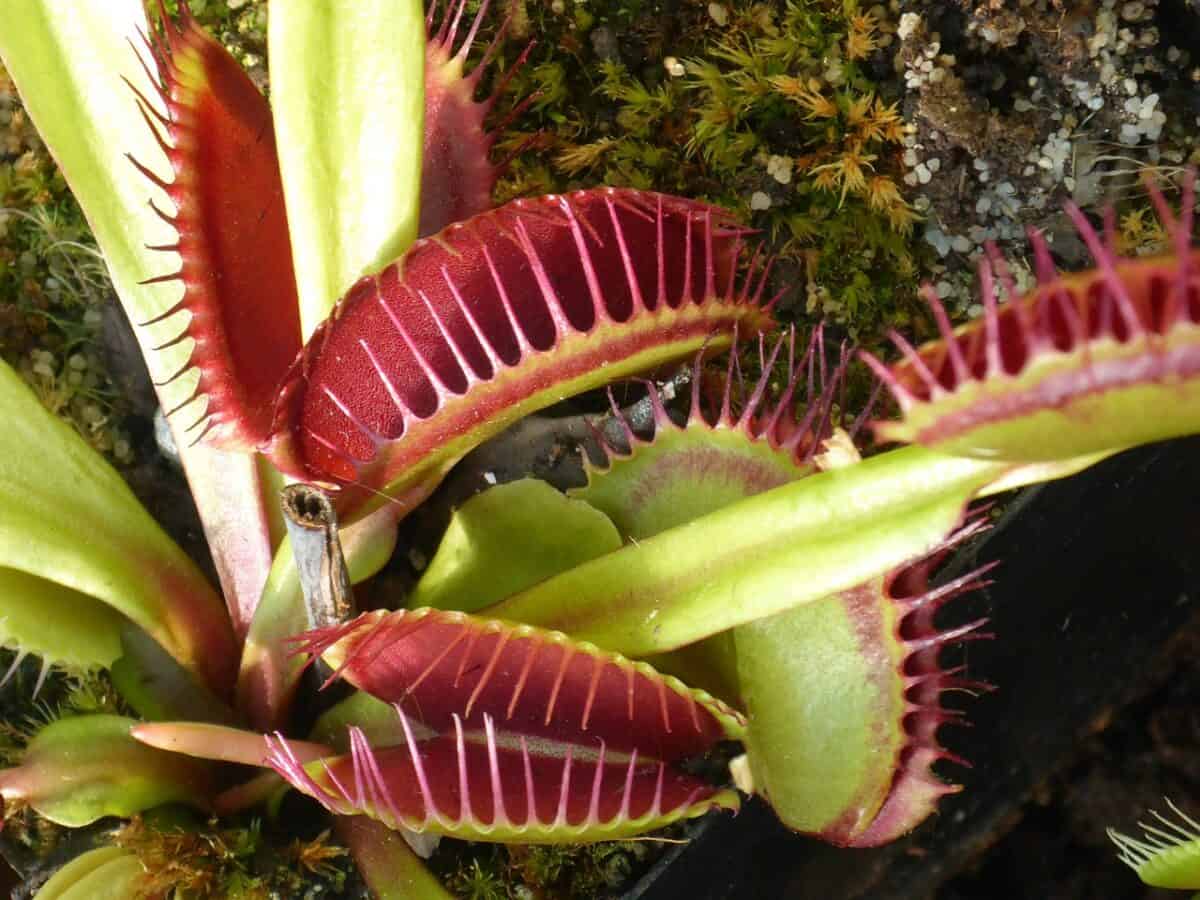
Although not an animal, the Venus flytrap’s diet of insects, trapped in its leaves, presents a fascinating example of nature’s ingenuity in nutrient acquisition in nutrient-poor soils.
24. Burying Beetles
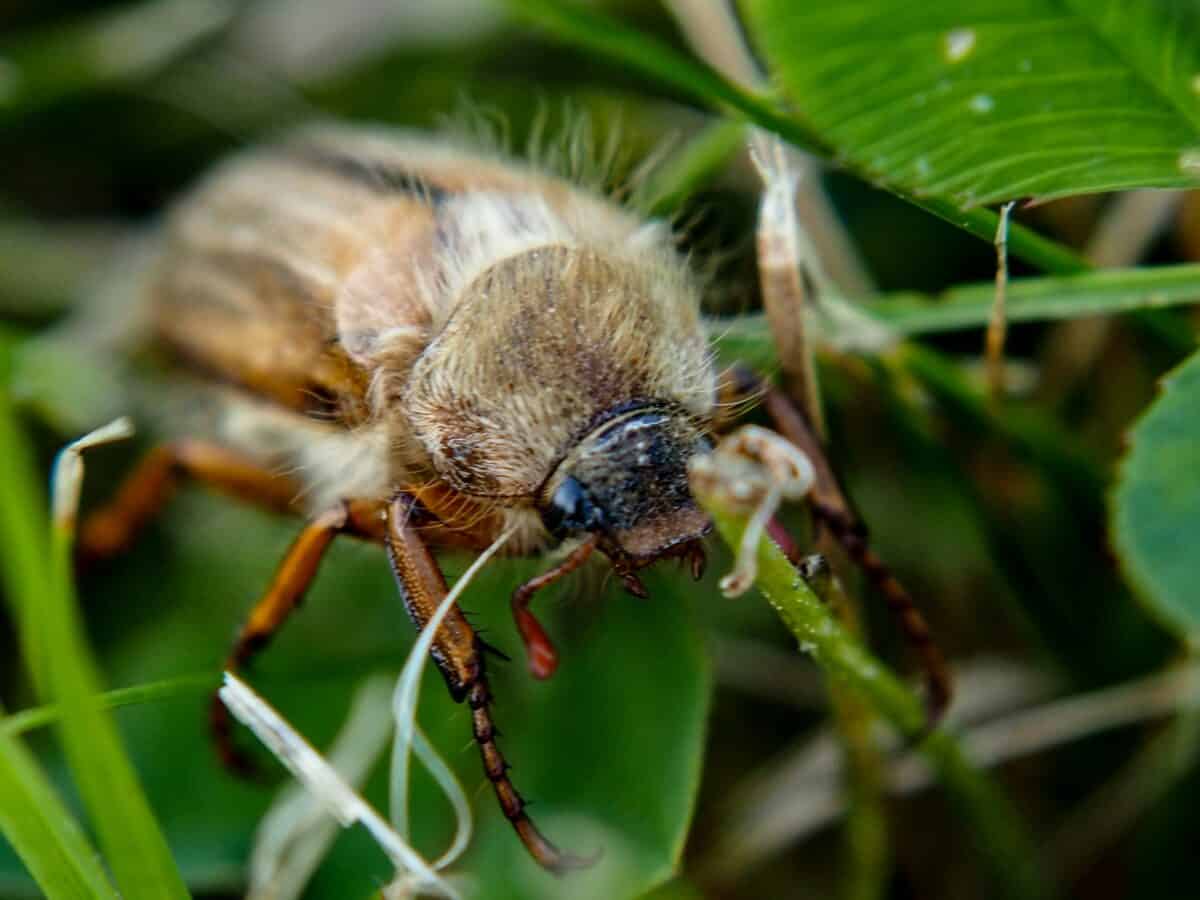
Burying beetles bury carcasses to feed their larvae. This plays a crucial role in decomposition and nutrient cycling, further illustrating the complex interactions within ecosystems.
25. Hooded Vultures
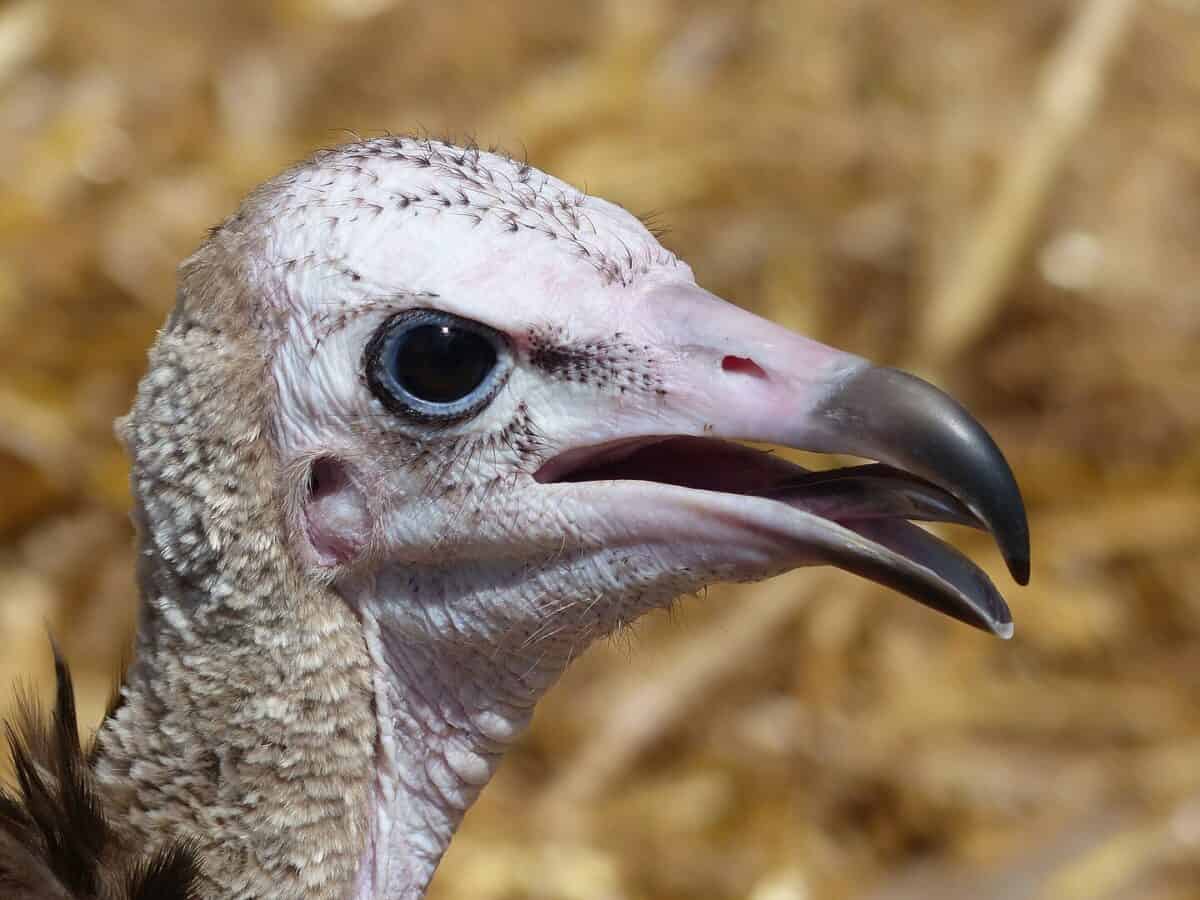
Feeding on both carcasses and human refuse, hooded vultures are vital in reducing waste and controlling disease spread, particularly in densely populated areas.
26. Sea Cucumbers
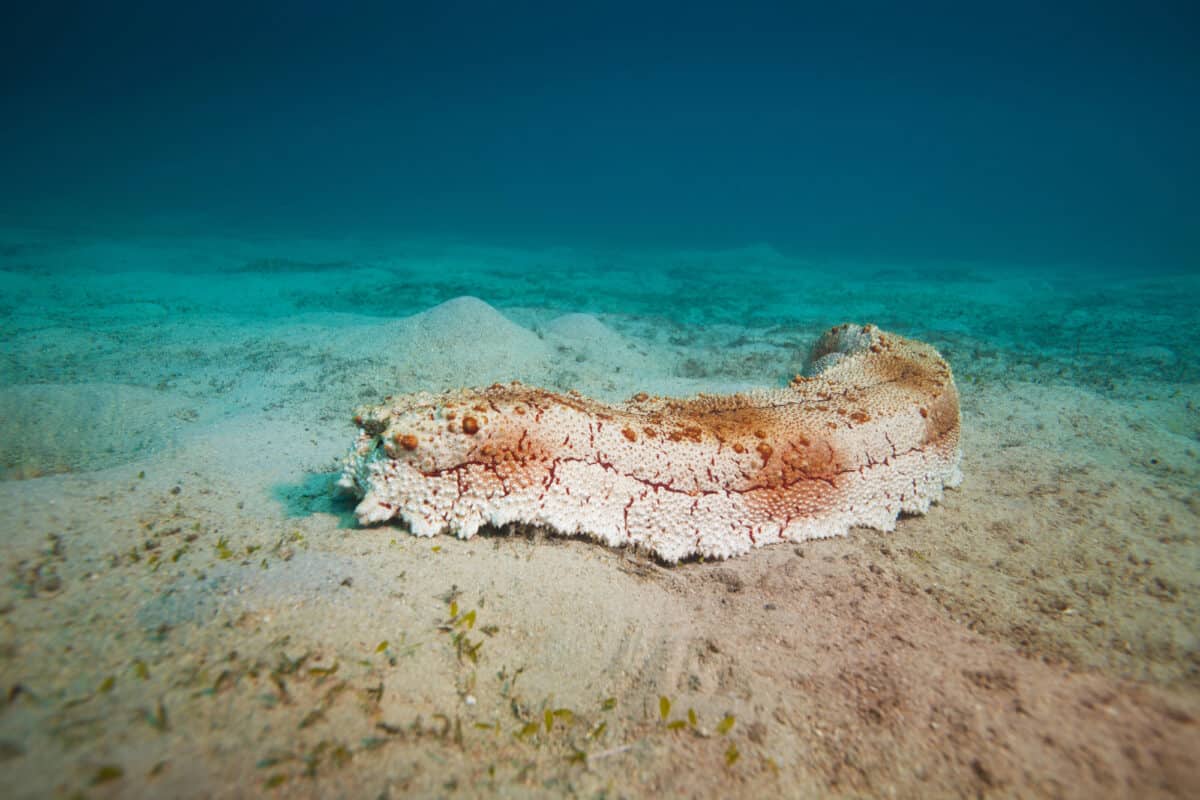
Sea cucumbers filter organic matter from the ocean floor, playing a critical role in maintaining marine ecosystem health by recycling nutrients and aiding in the breakdown of organic material.
27. Star-nosed Mole
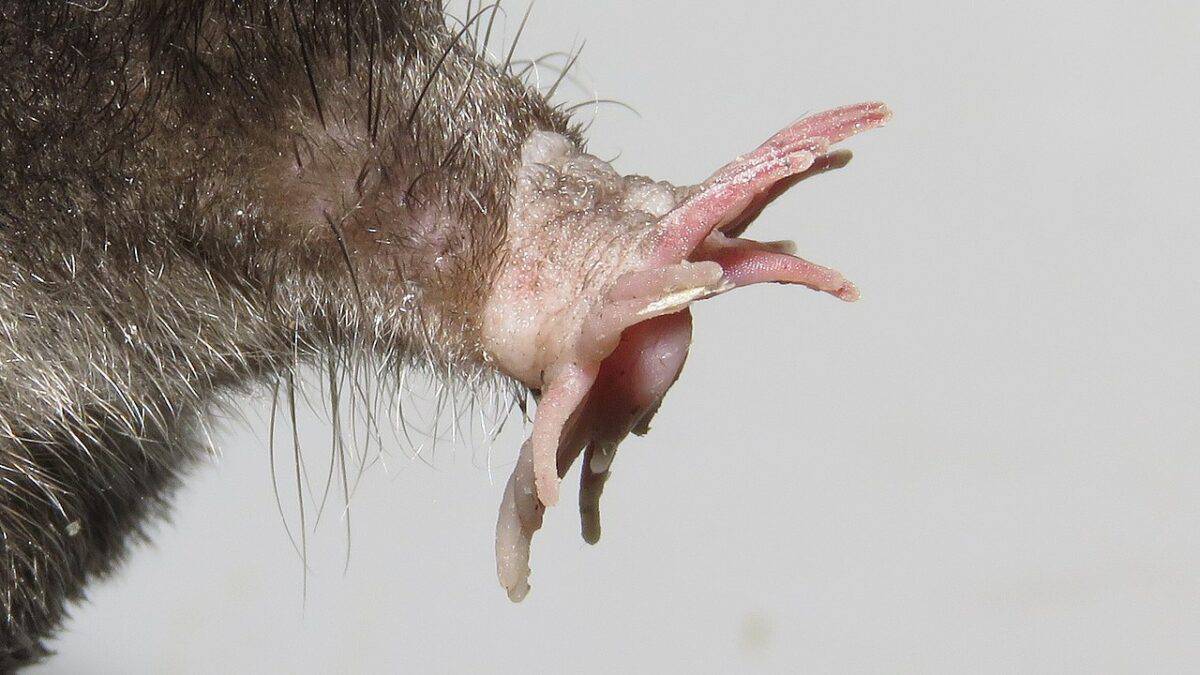
The star-nosed mole eats earthworms and other invertebrates found in the soil where they burrow. This diet underlines the mole’s role in soil aeration and pest control.
28. Bald Eagles
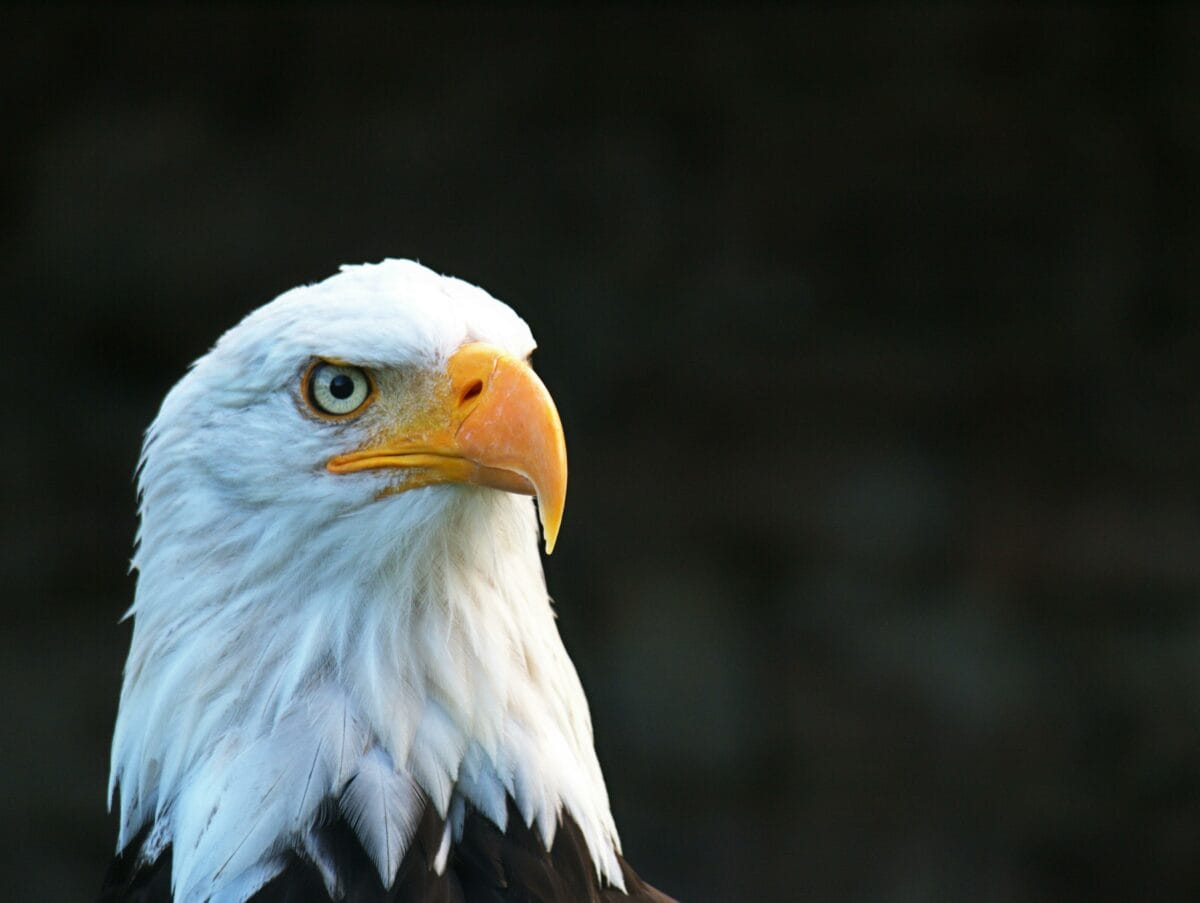
Known for their majestic hunting skills, bald eagles also scavenge dead fish and carrion, highlighting their ecological role as both predator and scavenger.
29. Snapping Turtles
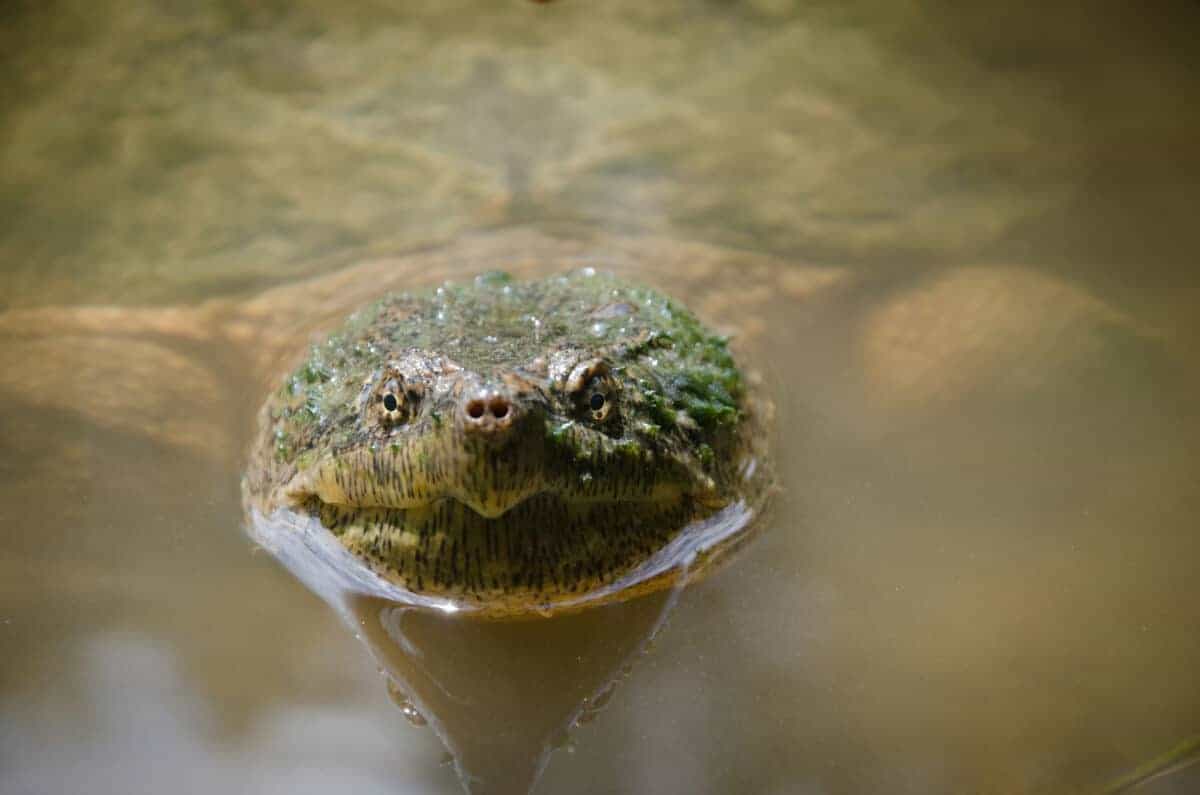
Snapping turtles consume decaying plant matter, dead fish, and frogs. Their omnivorous diet helps control populations of various organisms and cleans up aquatic environments.
30. Gila Monster
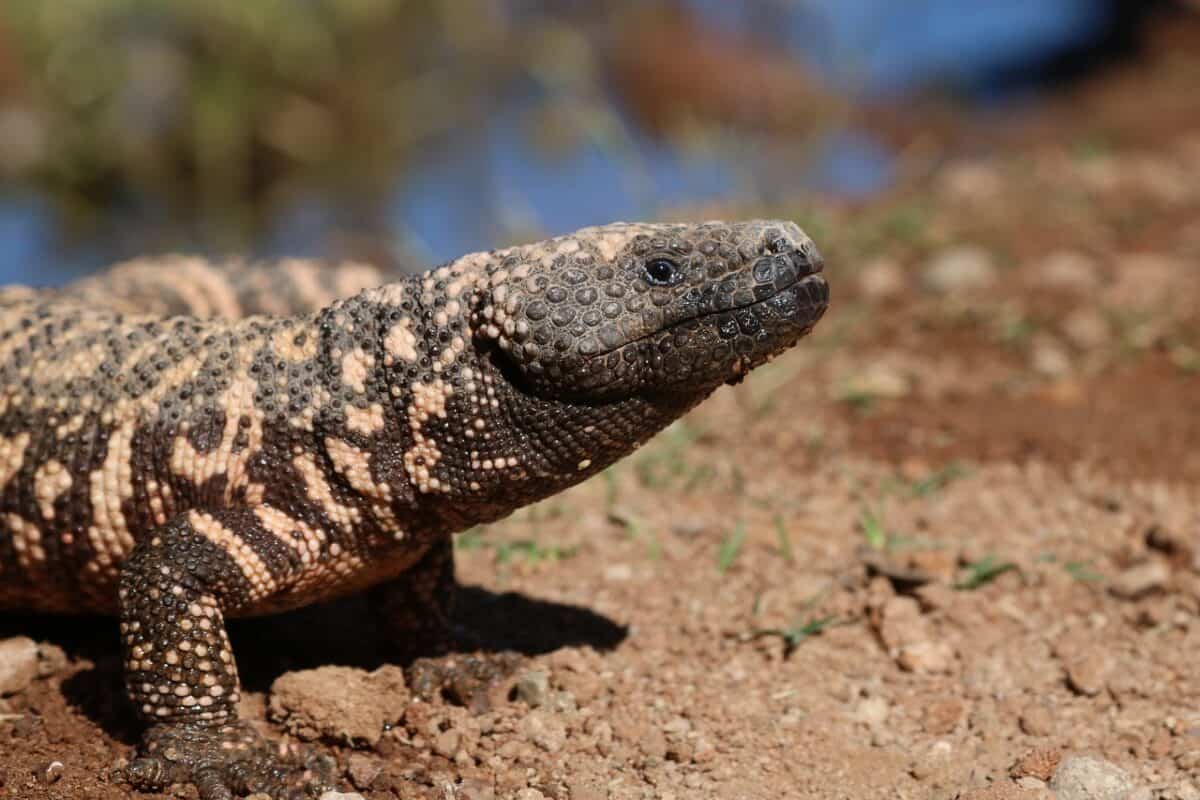
The Gila monster, a venomous lizard, eats eggs, small birds, and mammals, sometimes scavenging. This diet reflects its opportunistic feeding habits and its role in desert ecosystems.
31. Wolverine
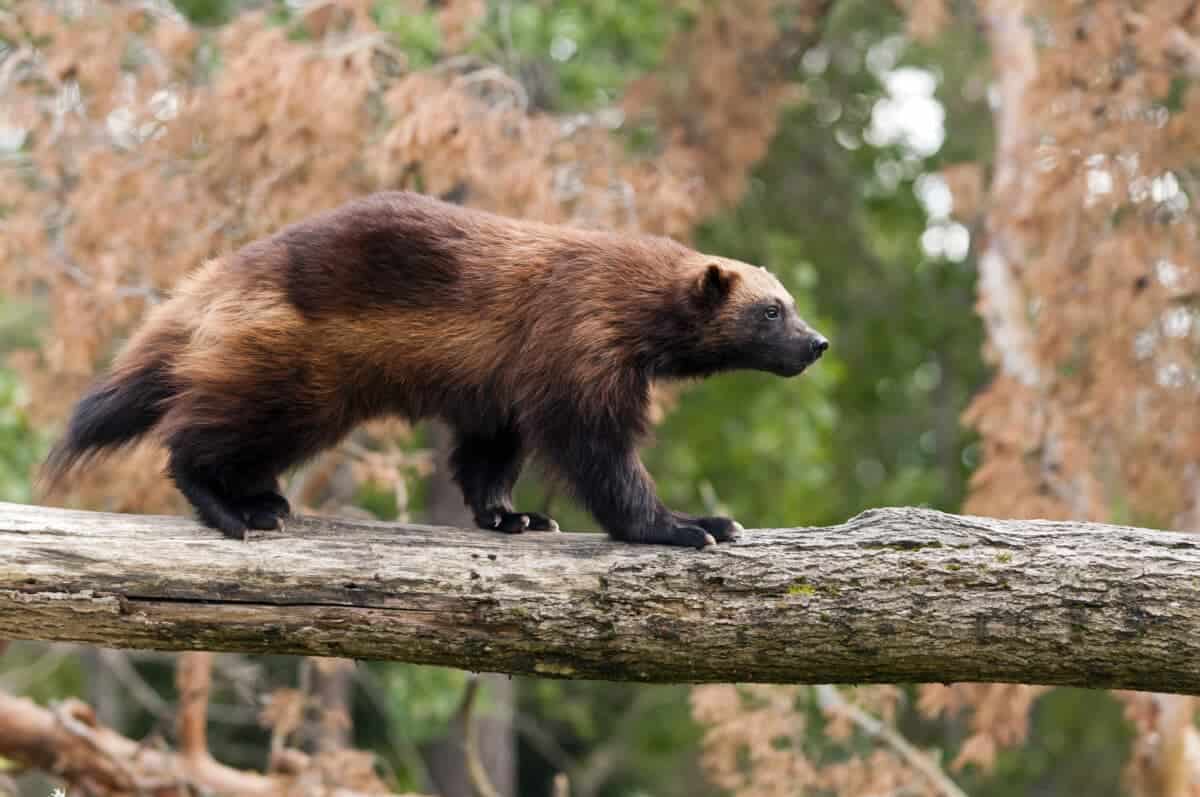
Wolverines are known for their ability to scavenge frozen meat from carcasses. This behavior demonstrates their adaptability and resilience in harsh climates.
32. Naked Mole Rat
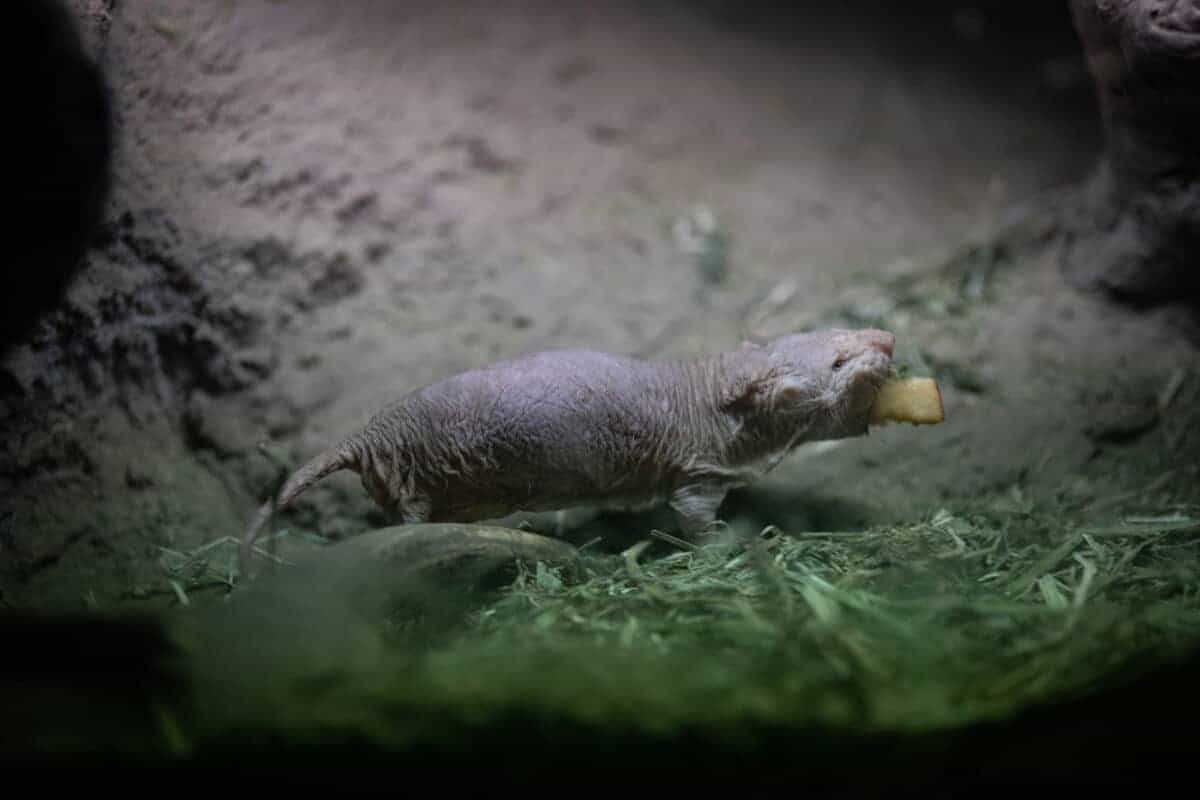
Naked mole rats consume their own feces to maximize nutrient uptake, a behavior known as coprophagy. This unusual diet underscores the extreme adaptations some animals have evolved to survive in nutrient-scarce environments.
33. Sloth Bears
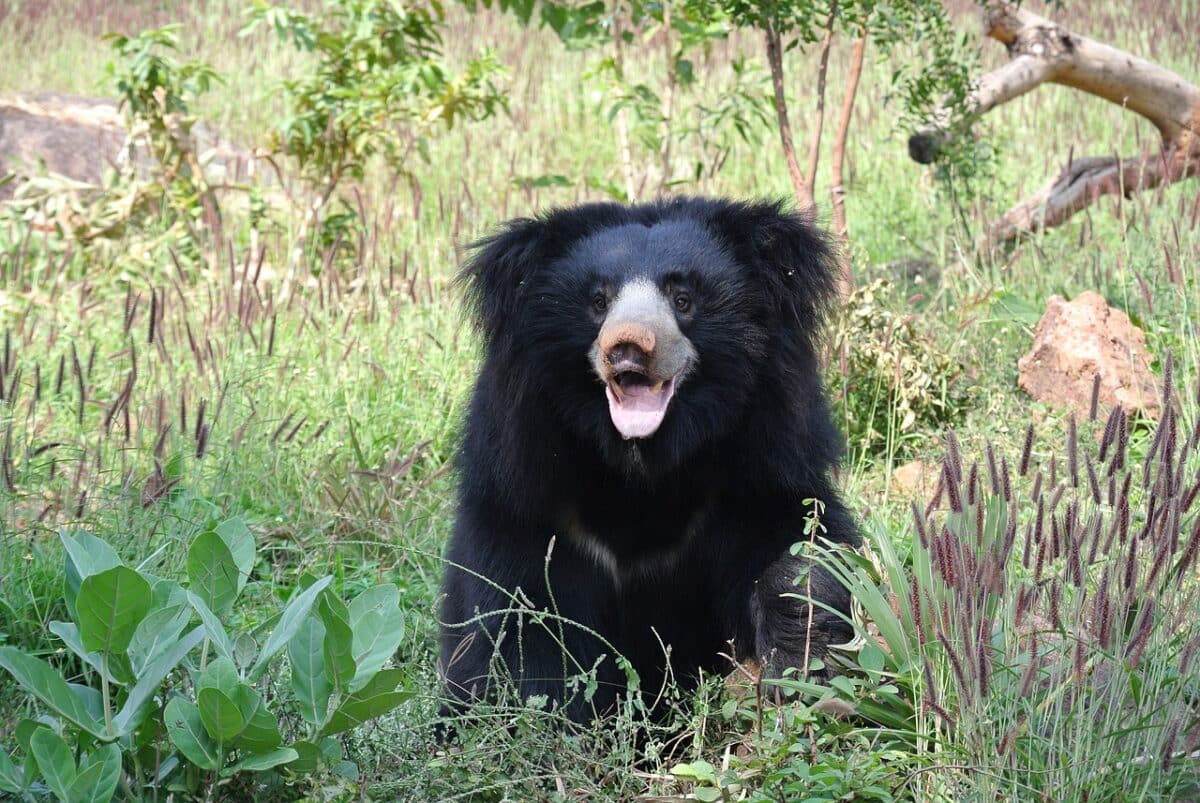
Primarily feeding on termites and ants, sloth bears use their long snouts and tongues to extract these insects. This diet illustrates their role in controlling insect populations and influencing forest ecology.
34. Bearded Pigs
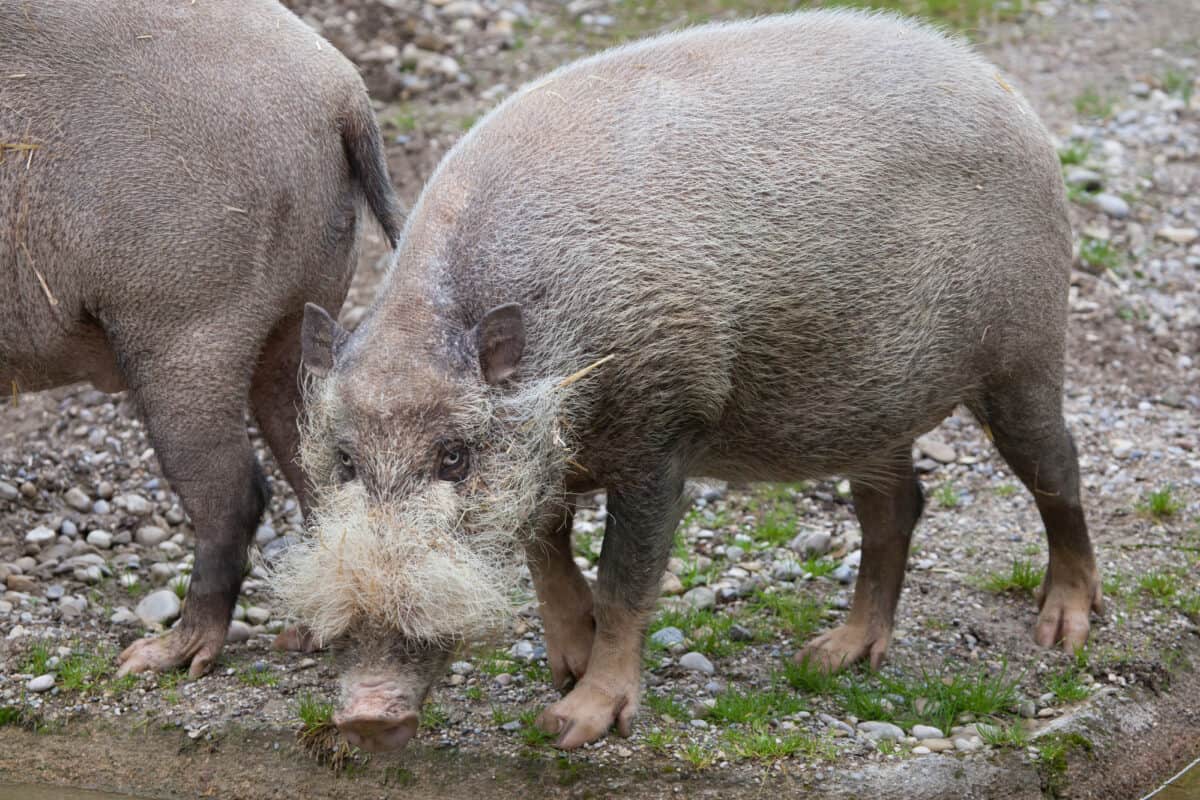
Bearded pigs use their long snouts to search for truffles, a type of fungus. This foraging behavior not only aids in forest nutrient cycling but also in the dispersion of fungal spores.
35. Dugongs and Manatees
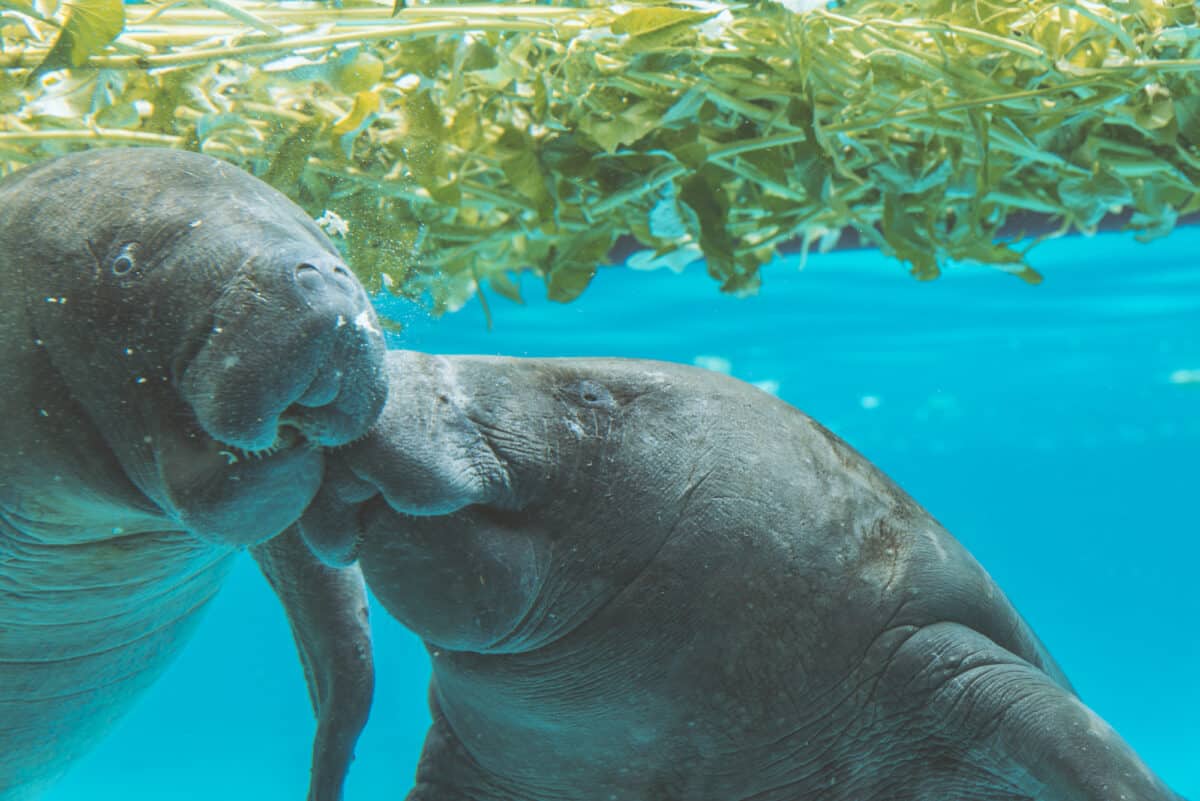
These marine mammals feed primarily on sea grasses, playing a key role in maintaining the health and stability of coastal ecosystems by controlling sea grass populations.
36. Water Deer
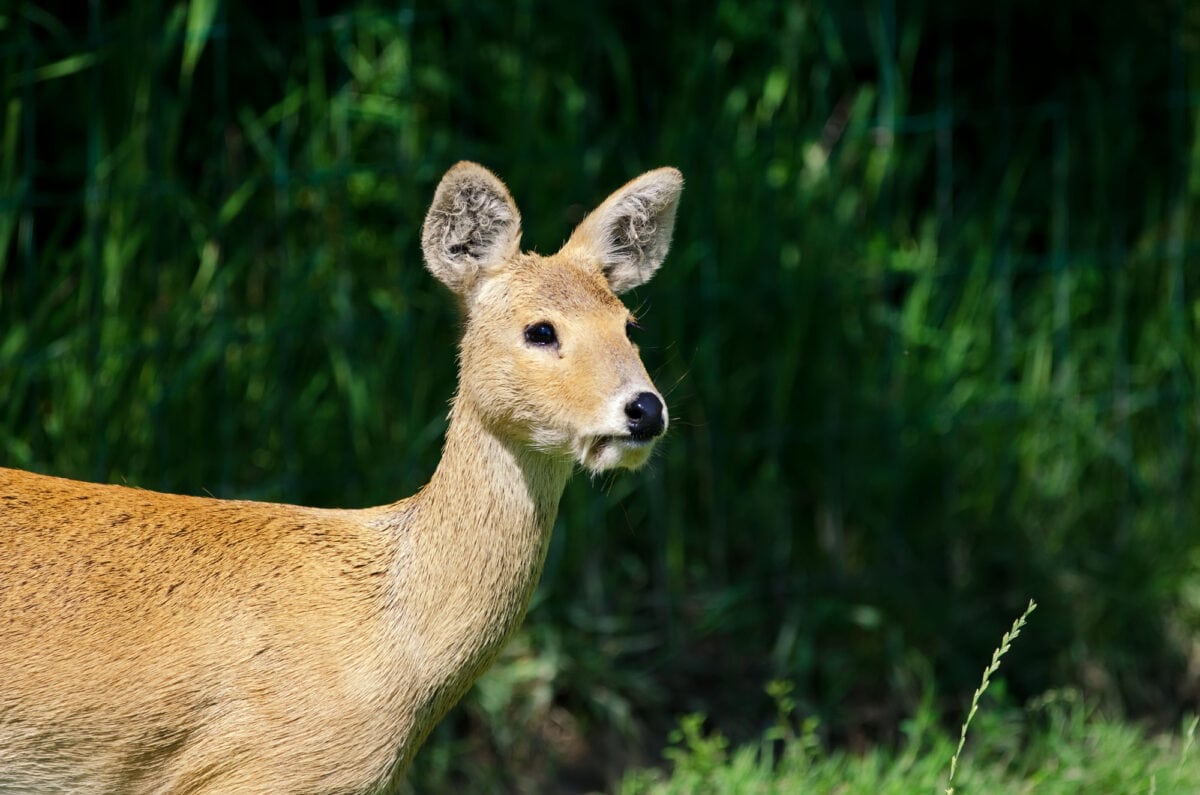
Though primarily herbivorous, water deer have been known to chew on bones or antlers for minerals. This behavior highlights the adaptability and dietary flexibility of some herbivores in obtaining essential nutrients.
37. Lampreys
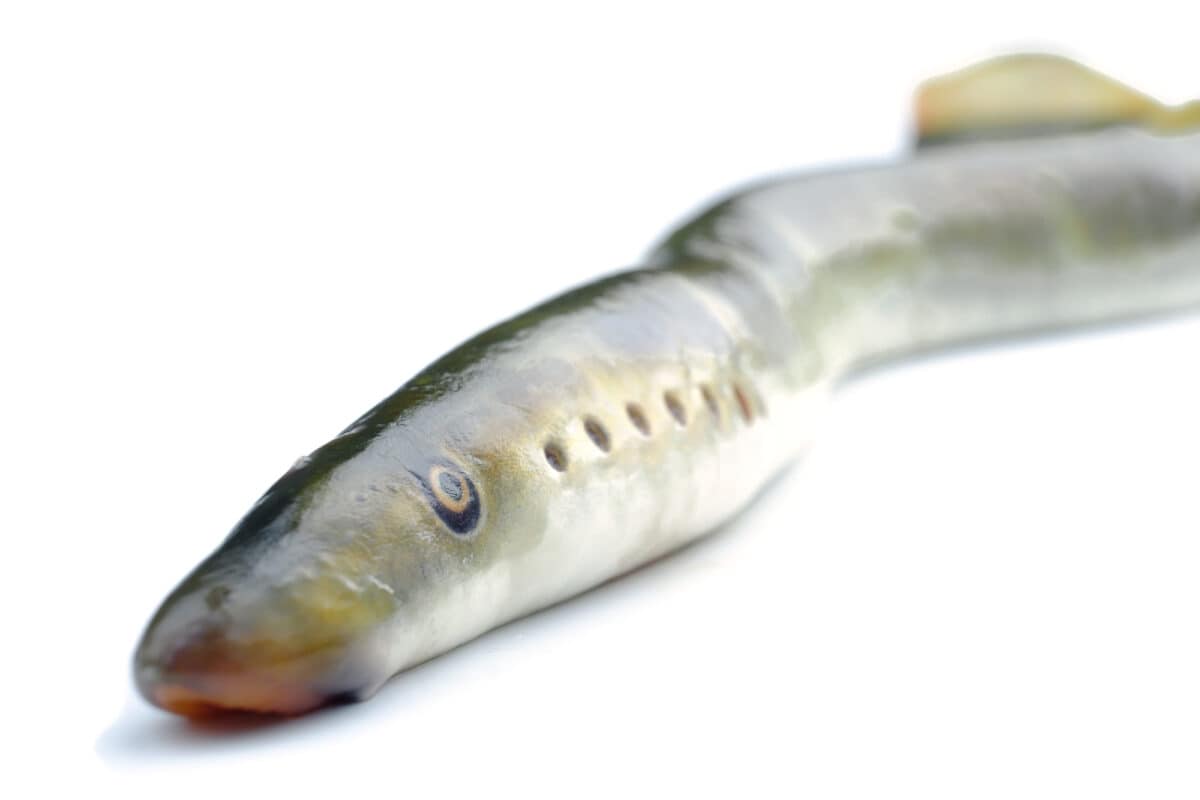
Lampreys are jawless fish that feed by attaching themselves to other fish and sucking their blood or bodily fluids. This parasitic feeding method highlights a unique survival strategy in aquatic ecosystems, where lampreys play roles as both predators and prey.
38. Vampires Bats
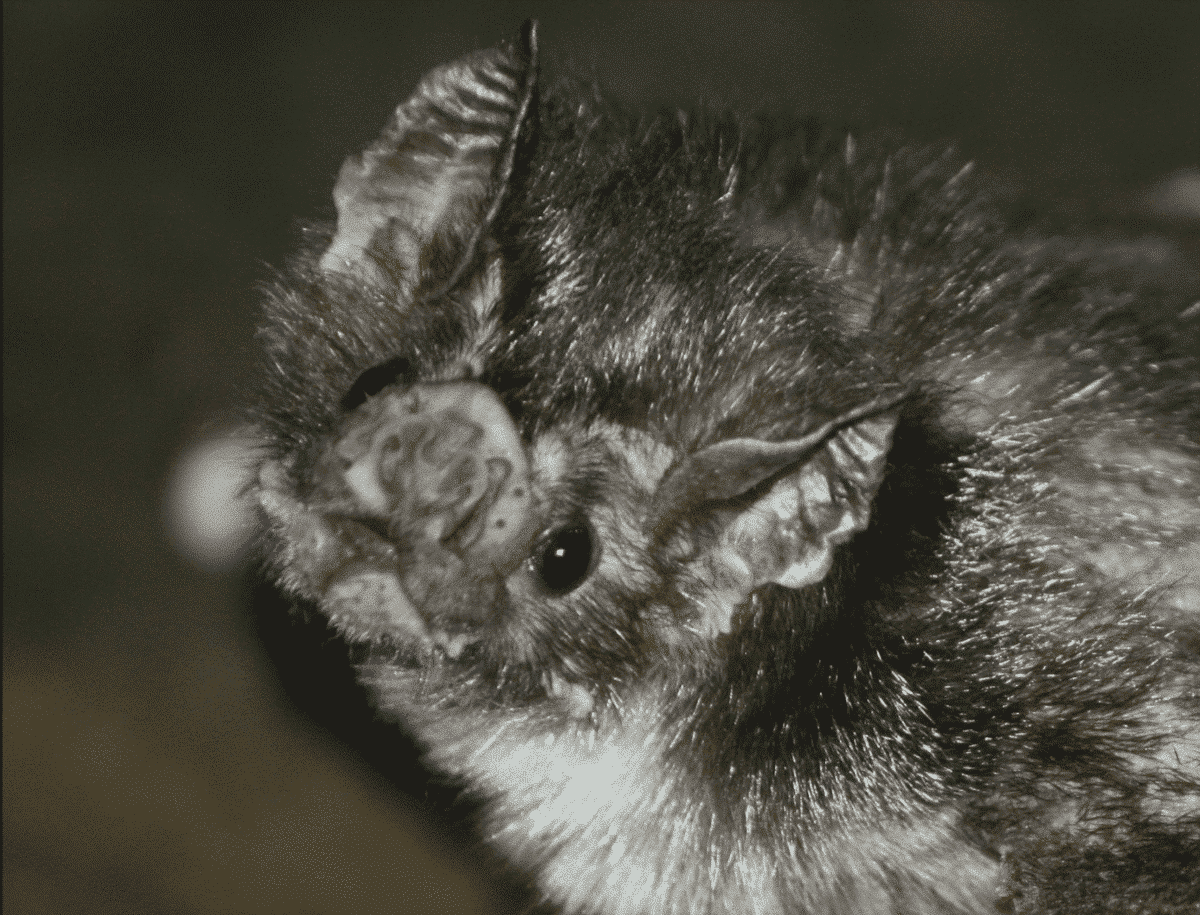
Vampire bats are the only mammals known to feed entirely on blood. They primarily target livestock but can also feed on wild animals. This diet has adapted them to have anticoagulants in their saliva, preventing their prey’s blood from clotting while they feed.
39. Tardigrades
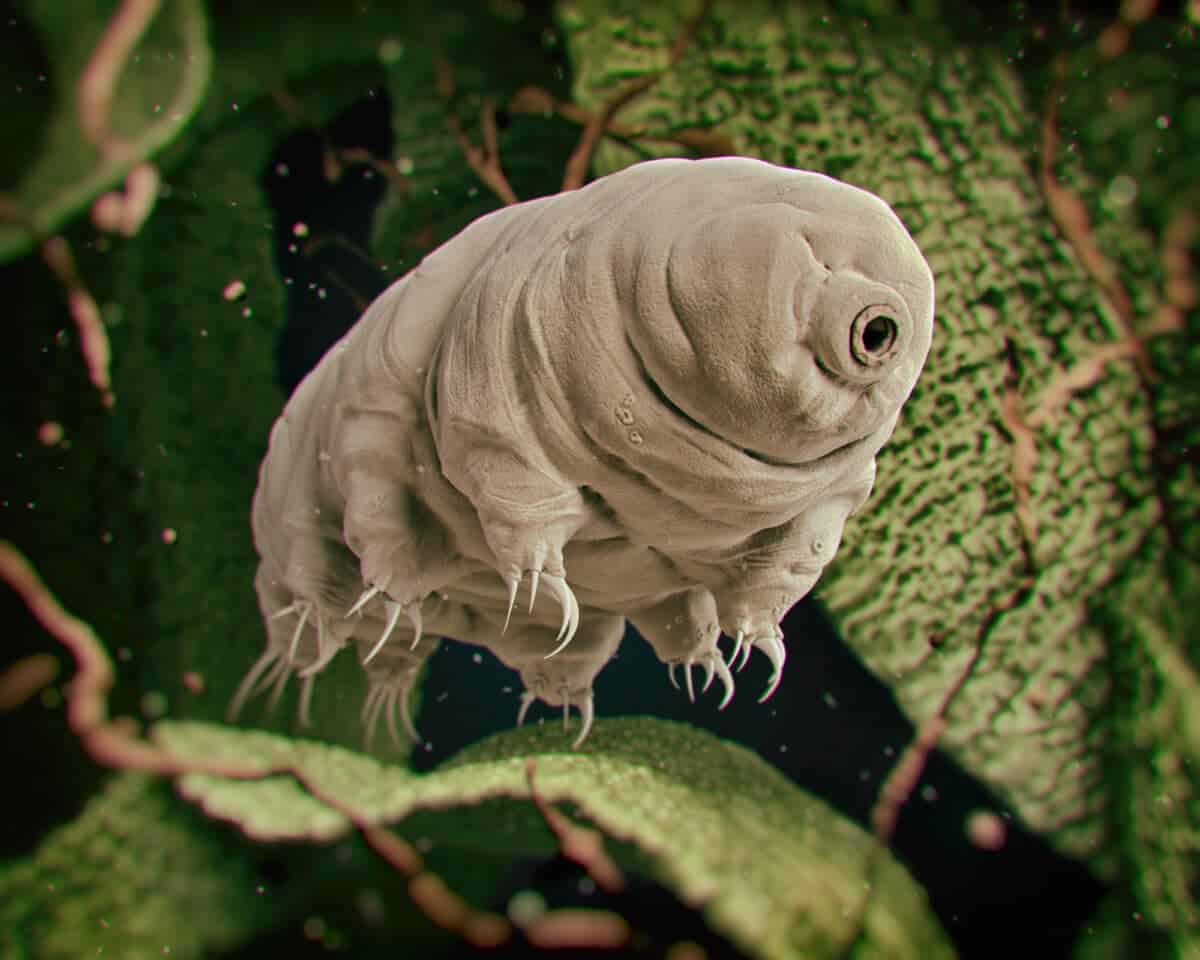
Tardigrades, also known as water bears, are microscopic organisms known for their extreme survivability. They feed on plant cells, algae, and small invertebrates. They use their sharp mouthparts to pierce individual cells to consume their contents.
40. Leafcutter Ants
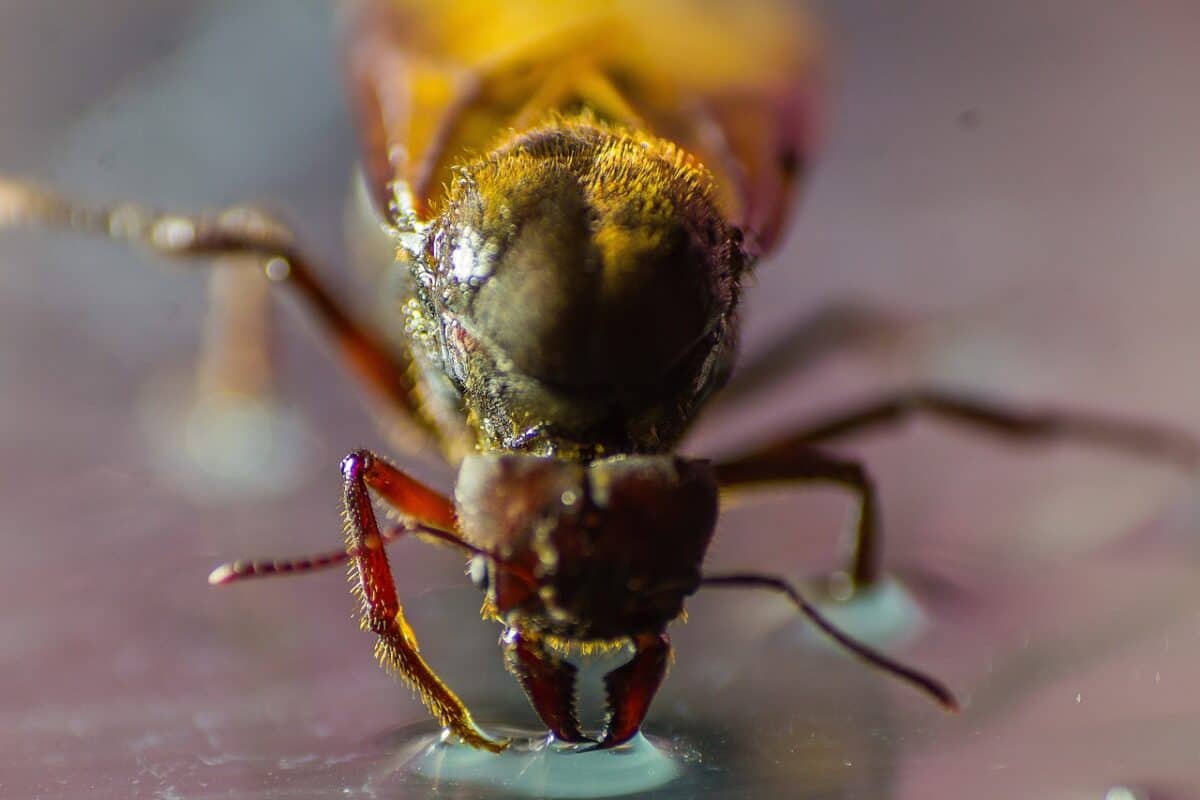
Leafcutter ants are fascinating for their complex agricultural practices. They don’t eat the leaves they tirelessly collect; instead, they use them to cultivate fungus gardens, which serve as their primary food source.
This mutualistic relationship between ant and fungus exemplifies one of nature’s most intricate examples of farming and highlights the ants’ role in ecosystem engineering.
41. Mantis Shrimp
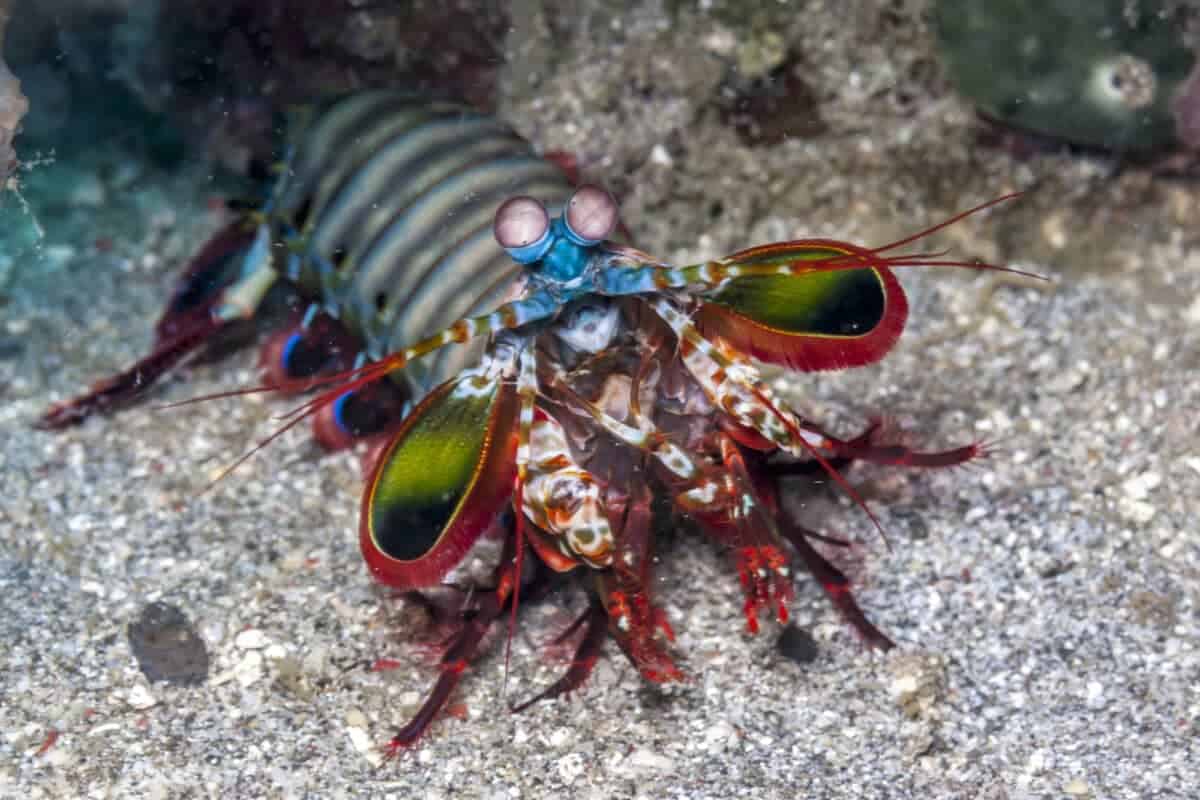
Mantis shrimp are known for their powerful claws, used to capture prey or smash through the shells of mollusks and crustaceans.
Their diet mainly consists of fish, worms, and other shrimp. What sets them apart is their incredible hunting technique, which involves striking with the speed of a bullet.
Animals That Eat Gross Things: Wrapping Up
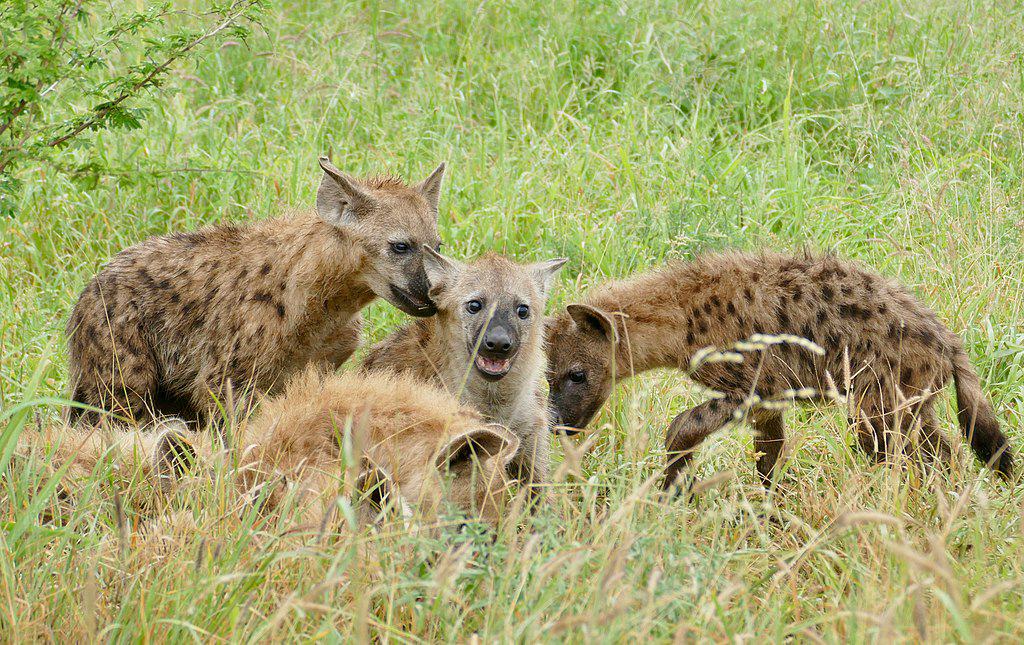
This extensive list has highlighted the many gross, odd, weird, and questionable things that some of the animal kingdom’s members eat. Their unconventional eating habits are as varied as they are, but they do have one thing in common: because of their gross diet, they are indispensable to their respective ecosystems.
What a beautiful reminder that it’s often our differences that are the best parts of us.
Thank you for reading this article about animals that eat gross things! For similar reads, take a look at these posts:
- Meet The 10 Most Popular Animals Of Alaska
- Meet The 10 Most Popular Animals Of Arizona
- 21 Animals That Are Smarter Than a 5-Year-Old
Join our Forum for free today!

